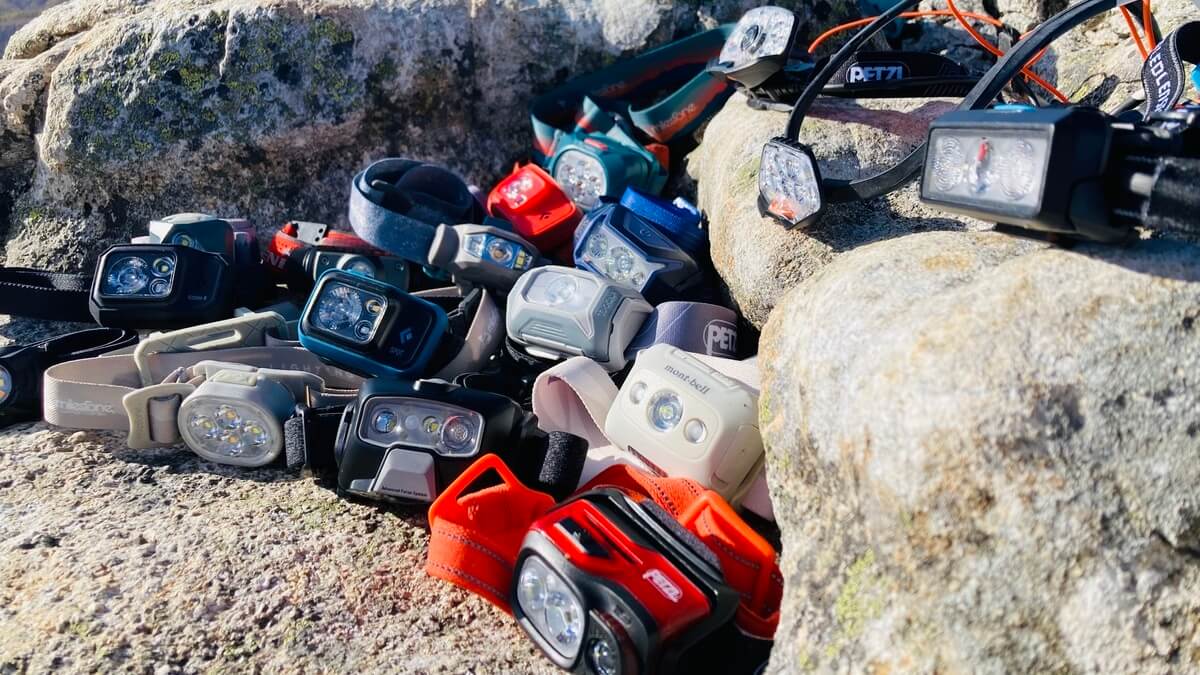
[Latest 2025 Edition] Recommended headlamps and clever ways to choose the best ones by purpose and purpose, as we have seen from comparisons in actual fields.
It can be used for mountain climbing or trail running. A headlamp that you should always keep somewhere
Headlamps are simple but must-have items for enjoying mountain climbing and camping, as well as all outdoor activities.
There are no streetlights standing on the road in the mountains, and once the sun has set, the darkness in front of you is instantly pitch black. You will no longer be able to act safely even at all. Headlamps are one of the items you should always carry with you, not only when staying in a tent or when you visit the sun, but even if it is a day trip, as an emergency.
While headlamps, which must-have items, come in a wide variety of models from various manufacturers, depending on their purpose, purpose, and price, what kind of differences exist between models, and which one is the right model for you, is awkward, and it is difficult to tell until you try it out. Unfortunately, this situation has not changed much since about 10 years before I started this site. Under the bright lighting of the shop, it is difficult to see how the lights are actually illuminated in the mountains at night, which is a concern that it is difficult to confirm what you really want to know, such as subtle differences in brightness and practicality after long periods of use.
If you don't know about the store, you can just try to actually take it and compare it.
For the past 10 years since its inception, this site has been purchasing representative models of outdoor headlamps on the market at its own expense, and has been using them from various angles to test and compare them. So, this time, we'll pick up a total of 20 models called "This" from headlamps that can be purchased from general distribution routes in Japan by fall/winter 2025, and then we'll introduce the best choices for each department, using the results.
In the second half, we will explain the points you need to know to wisely choose these headlamps in a store.
Although the tests in this article are carried out as strictly as possible by our website in its own way, we cannot guarantee objectivity or reproducibility of the results. However, I believe that it will be useful when choosing a headlamp in the sense that it is a test and review that is purchased at your own expense and used under almost the same conditions, without relying on any manufacturer. I hope this will be helpful when choosing your headlamp.
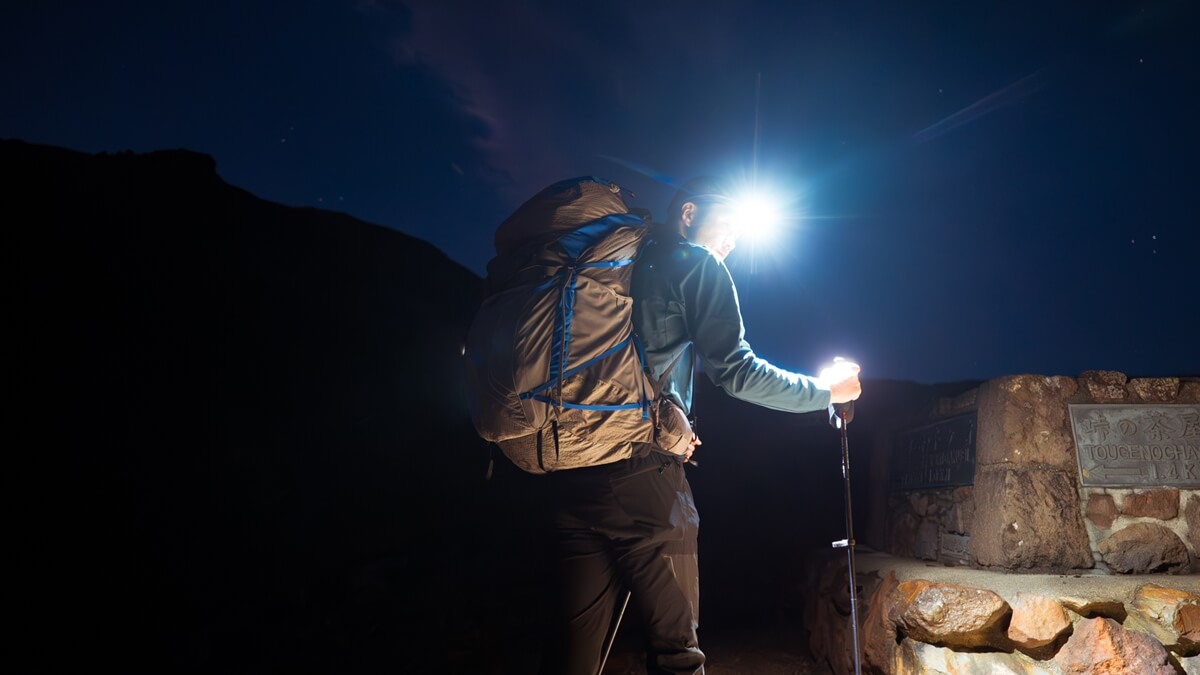
table of contents
- Best Headlamps for 2025 by Use and Purpose
- A vest headlamp with a balanced balance of illumination power, function and fit: PETZL Swift RL / Black Diamond Storm 500-R
- High-powered best headlamp recommended for those who want brightness: PETZL NAO RL / LEDLENSER HF6R Core / Black Diamond Distance 1500
- Best headlamps recommended for those who run for long periods of time in the dark, and those who want to prioritize brightness and battery life: LEDLENSER NEO9R / Black Diamond Storm 500-R / Black Diamond Distance LT1100
- In any case, "lightness" is prioritized. Among them, the brightest and easy to use headlamp for light and fast: milestone MS-G3
- Best headlamp with features and practicality ideal for trail running and running: PETZL NAO RL / Black Diamond Distance 1500
- "This performance is impossible for this price" Cost-effective headlamp: PETZL Tikina/Montbell Rechargeable Power Headlamp
- Performance comparison table of headlamps compared in this article
- How to choose a smart headlamp that will help everyone discover the perfect point in 7 steps
- Step 0: Decide what you are using your headlamp, your main purpose and purpose
- Step 1: Check the brightness (light amount) of the light
- Step 2: Check the type and type of light that can be illuminated
- Step 3: Check the irradiation time and battery life
- Step 4: Check durability (waterproof and dustproof grade)
- Step 5: Check weight and fit
- Step 6: Learn about the useful additional features that are available
- summary
Best Headlamps for 2025 by Use and Purpose
First, we have field tested by the OutdoorGearzine editorial department and will introduce the best models for different purposes and uses, such as This is for this activity " and " This is if you're particular about this
On the test
What do you do to evaluate your headlamp in the first place? Of course, this all comes down to trying to light it. However, there are many different scenes where you need a headlamp, and the points you evaluate will vary. Therefore, this site conducted three types of tests from the fall of 2024 to 2025:
- Quantitative comparisons in pitch-dark rooms that shut out light from outside (light intensity, spreading method, battery life, etc.)
- Easy to see and comfortable to wear when walking on the midnight trail
- Easy to see when illuminating a nearby location, such as a map or indoor area
- Shock and waterproof check
To measure brightness, an illuminance meter compliant with CIE (International Lighting Commission) standards is used. Although we conduct the tests as strictly as possible, it is unavoidable that some errors will occur in the measurement results, so in the measurement results shown later, please pay attention to the relative differences between each item, rather than the absolute numbers.
A vest headlamp with a balanced balance of illumination power, function and fit: PETZL Swift RL / Black Diamond Storm 500-R
PETZL Swift RL
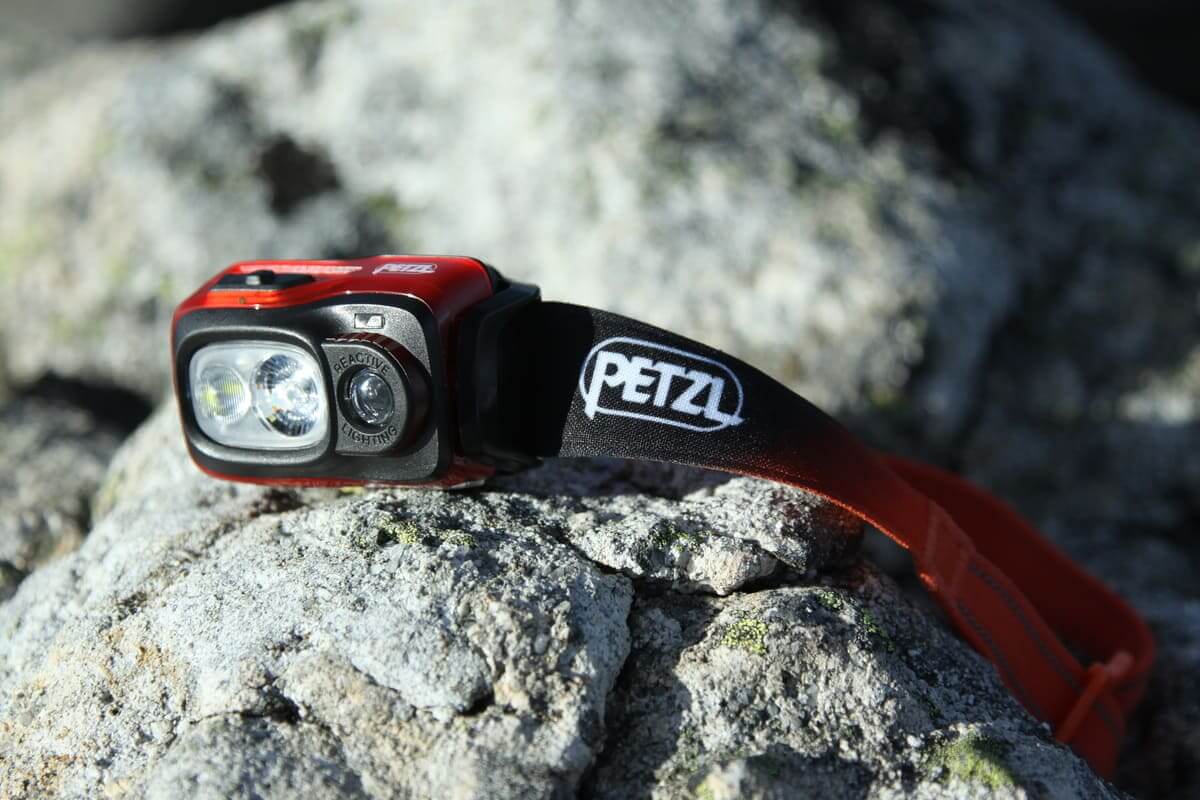
The most balanced headlamp we've tested the PETZL Swift RL . As long as you have this, you can feel safe with any outdoor activity. I can confidently recommend it.
The intensity of 700 lumens and up to 900 lumens lights up the darkness in the strong mode, and the mixed beam illuminates evenly at long and close ranges, giving you a great sense of security. It is equipped with reactive lighting technology that automatically adjusts the amount of light and beam patterns depending on the situation, allowing you to maintain optimal brightness at any time and save battery consumption.
It has unmatched features, but weighs surprisingly light at 100g, and the forked headband provides a high fit, so you won't get tired even when wearing it for long periods of time.
The price is a bit high, but considering that you can operate safely in the darkness, it can be said that it is a good cost to spend.
There is a more detailed review article about the use of the PETZL Swift RL
Related Articles
Black Diamond Storm 500-R
Battery: Lithium-ion rechargeable battery (2400mAh)
MAX irradiation power: 500 lumens
MAX irradiation distance: High illuminance 100m
Irradiation time: High illuminance 7 hours
Another headlamp that showed an unmatched performance and an all-around balance is the Black Diamond Storm 500-R . the Swift RL , it shows a high irradiation power caused by the reflector, a large capacity battery of 2400mAh that does not lose brightness for a long time, and its waterproof and dustproof grade is the highest Ip67, showing its overall strength without any complaints. This headlamp is a reliable way to do long periods of activities in harsh environments. It's understandable that the name "Storm" is added.
Although not written in the manual, it can be used while connected to a mobile battery and powered (proven) and can be used while maintaining maximum light for a longer period of time.
This headlamp can be used all-around with a wide range of illumination modes, including stepless brightness adjustment, flash, and red/green/blue LEDs.
High-powered best headlamp recommended for those who want brightness: PETZL NAO RL / LEDLENSER HF6R Core / Black Diamond Distance 1500
Even if the amount of light immediately after the battery is fully lit, the maximum amount of light can usually be maintained for a long time and will drop immediately after it is on. This trend applies to all headlamps. If you assume long-term action, no matter how strong the irradiation power is, if it cannot last, the effect will be almost meaningless.
To add to this, the characteristics of the headlamp also appear to be that of the drop in irradiation power. Some headlamps suddenly drop over time, while others gradually decrease over time, and the good and bad things change depending on the user's usage.
With this in mind, the brightness section was selected taking into account how long the high light (brightness) can be maintained.
PETZL NAO RL
PETZL NAO RL was the brightest . It has a long duration of high light and is the best choice headlamp in the brightness category.

PETZL NAO RL
Outputs light intensity of 900 lumens in standard mode and up to 1500 lumens in reactive lighting mode. And its basic high output lasts for more than two hours (the graph below shows the irradiation in high power mode).
The reactive lighting mode, which features a light sensor and adjusts the amount of light according to the situation, provides brightness above the value, and also maintains high light for a long time, the PETZL NAO RL is a highly recommended item to those looking for bright headlamps.
LEDLENSER HF6R Core
The LEDLENSER HF6R Core in the brightness category , along with the NAO RL .
To be honest, the PETZL NAO RL with the headlamp, and although the the NAO RL the LEDLENSER HF6R Core was better for maintaining the amount of light
It also has a great function that allows you to focus on the irradiation range, and is highly recommended as it allows you to easily change the optimum irradiation according to the situation. HF8R Core in the series lineup , and that is probably a model that will appeal to people who value brightness.
If you would like to know more about HF6R Core
Related Articles
Black Diamond Distance 1500
Finally the Black Diamond Distance 1500 is also a recommended model with high power output and high quality beams.
Designed for trail running, high-power headlamps are too heavy to carry, so you don't want to use them for mountain climbing, but if you wear them all at night and use them for a short time, the bright light of up to 1,500 lumens will illuminate your surroundings dazzlingly even at midnight, showing you the way as if during the day.
We have a detailed review of Distance 1500
Related Articles
Best headlamps recommended for those who run for long periods of time in the dark, and those who want to prioritize brightness and battery life: LEDLENSER NEO9R / Black Diamond Storm 500-R / Black Diamond Distance LT1100
How many hours after turning on the switch can it stay on at practical brightness? The battery division is an endurance battle, but it's not easy to define this.
For example, let's say you have two headlamps with a brightness of 500 lumens, one can maintain 200 lumens of light for 5 hours, while the other can have headlamps that can light up for 10 hours, even though it drops to 20 lumens.
If it's simply a headlamp that's lit for a long time, the latter is the best option, but the one that's actually easy to use when you're at work is probably one that maintains a brightness of 200 lumens.
At least if you are going to be in the dark for a long time, headlamps that keep the brightness up are better.
LEDLENSER NEO9R
Furthermore, one of the three best choice headlamps in the battery category is the LEDLENSER NEO9R .
The LEDLENSER NEO9R 's maximum output drops after it is on, but the amount of light from it was a headlamp that kept the brightness for the longest time. This is the perfect headlamp for people who are active for a long time. Because it is a battery-separated type, the load is distributed and it is recommended that you will not feel fatigued even after long periods of wear.
Battery: Lithium-ion rechargeable battery (3000mAh)
MAX irradiation power: 600 (1200 when boosted) Lumens
MAX irradiation distance: 120m (200m when boosted)
Irradiation time: 5 hours (power mode)
Black Diamond Storm 500-R
Another best long-life model is the Black Diamond Storm 500-R . This is also a headlamp that has been able to maintain the amount of light for a long time. The Storm 500-R will be re-elected following the all-round category. As explained there, it is equipped with a large capacity lithium-ion battery, and the total internal reflective lens that produces a prism effect achieves output of more than the amount of light. Its ability is high and the amount of light lasts a long time, making it a reliable headlamp for those who walk in the dark for a long time.
Black Diamond Distance LT1100
Another Black Diamond distance LT1100 was also very high performance . the Distance LT1100 is that, rather than maintaining a constant amount of light, the output slowly continues to drop from the light on. The maximum power or slower speed is slow, and the time is long, making it suitable for long-term activity use.
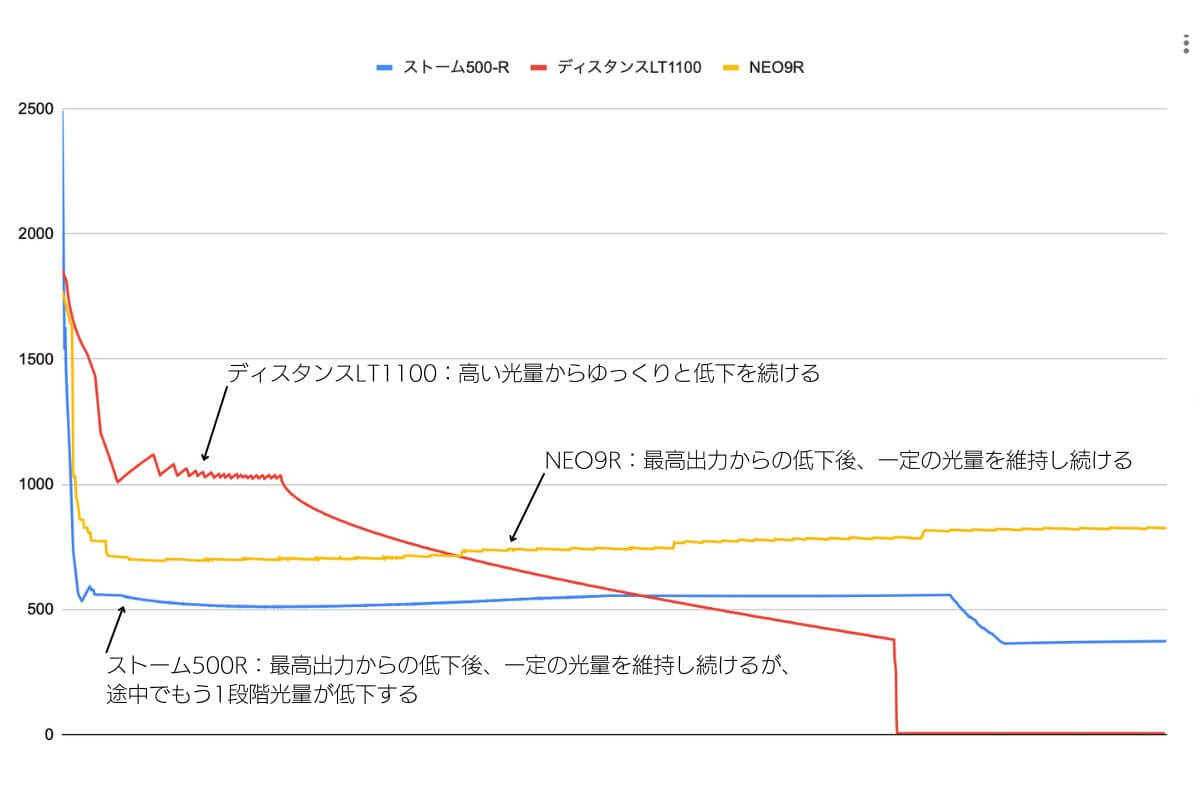
The Distance LT1100 has a new, thin light unit structure, so the center of gravity does not change even when the light is tilted downward, making it less likely to shake, and it can be worn stably.
We have a detailed review of the Distance LT1100
Related Articles
In any case, "lightness" is prioritized. Among them, the brightest and easy to use headlamp for light and fast: milestone MS-G3
milestone MS-G3
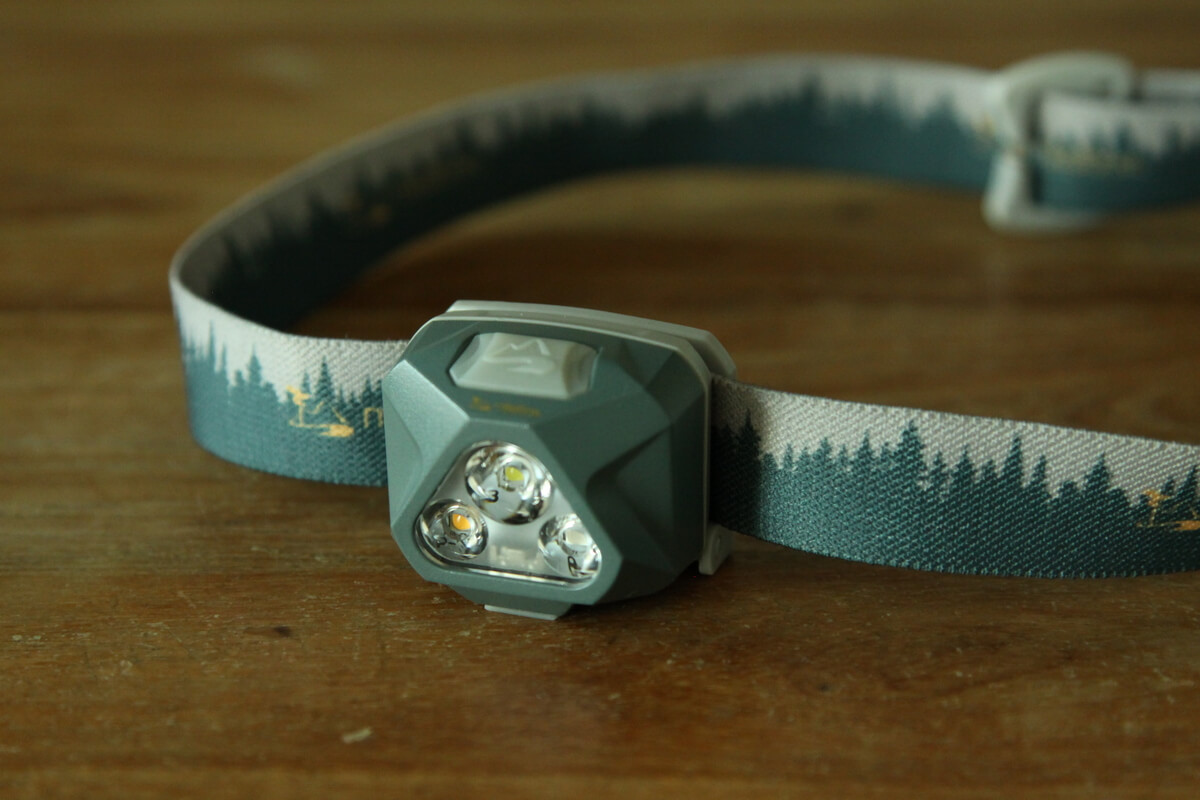
The lightest-class headlamps are available from 20g. These types of headlamps are insufficient in brightness, and are mainly used for emergency use or when not moving at night.
The milestone MS-G3 is designed to be active at night, and is a headlamp with solid irradiation power that is very light and very satisfying .
Although it weighs 48g, the balanced beam with a light intensity of 420 lumens will illuminate the trail firmly. It's lightweight, so there's no inconvenience at all, and the brightness can be adjusted steplessly, and it also has a light bulb color and red mode, making it a great item that can be used according to the situation.
It can be connected to a mobile battery and used while powering, allowing you to operate for a long time. The lightness of 48g won't get tired even when wearing it for a long time.
If you would like to learn more about the MS-G3, please see this article.
Related Articles
Best headlamp with features and practicality ideal for trail running and running: PETZL NAO RL / Black Diamond Distance 1500
PETZL NAO RL
PETZL NAO RL was re-elected in the trail running category, which has a long track record in this field .
Despite its high performance, it weighs 145g, and the battery is located at the back of the head, making it feel lighter in actual weight. Equipped with a light sensor, the reactive lighting mode adjusts the amount of light according to the situation, automatically handles the task of optimizing the amount of light and reducing battery consumption, allowing you to concentrate on running.
The red light installed in the battery on the back of the head increases visibility at night, and can also be used as a mobile battery that can be supplied to other devices. This will expand the use of the sub battery.
The headband, which is split into two at the back of the head, provides a high fit and provides stable hold even during intense exercise.
Black Diamond Distance 1500
Coincidentally, two models selected in the brightness category were also selected as the best in the trail running category. It is likely that the recent years' progress in "large capacity and weight reduction of batteries" and "thinner light units" have led to a significant impact. Not only is it bright, but it also allows the battery to escape to the back of the head, reducing shaking when running, and combined with the band with a high fit, it combines high output and difficulty in shaking, making it ideal for a running model. In addition, there is a rear flasher light on the back, making it safe.
"This performance is impossible for this price" Cost-effective headlamp: PETZL Tikina/Montbell Rechargeable Power Headlamp
When you hear the word "cost-effectiveness," you tend to imagine a low-priced headlamp, so it's okay to introduce it, but if that's the case, you'll find out if you look into it, and we'll think about it a little more deeply, not just the price of the main unit.
When we looked into what the price per lumen would be compared to the main unit price of the headlamp we tested, we found that headlamps with low prices are not necessarily good value for money.
PETZL Tikina
Taking into account the base price and price per lumen, the most cost-effective headlamp was the PETZL Tikina . The price per lumen is 11.8 yen.
The price is 3,850 yen (tax included) and 4,000 yen, and the price is set to change, but the 300 lumens of light allows you to safely carry out walking-level activities in the dark, and the wide beam increases the visibility of the trail. Considering the features that Tikina has, it has high performance for the price, and is recommended for those who want high performance while keeping costs as low as possible.
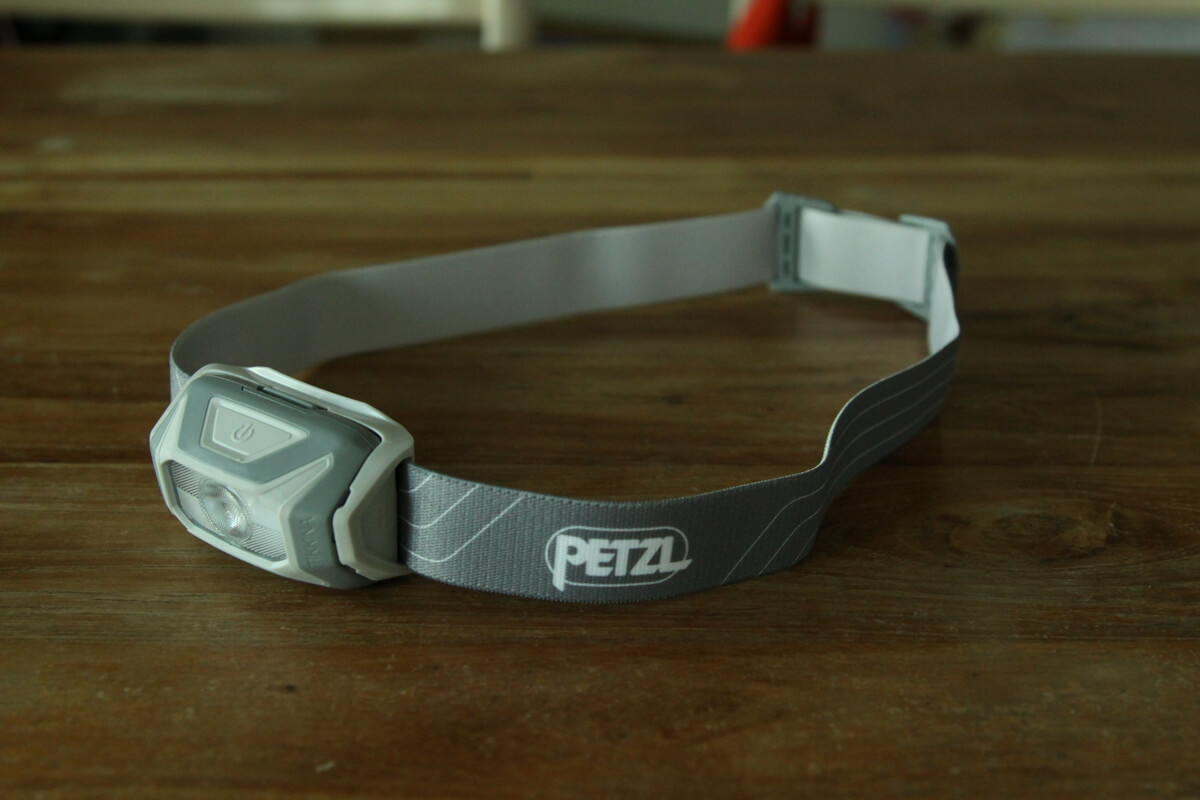
The Tikina weighs 92g and is compact and has a passing grade. It is also recommended to keep it as a sub-section separate from the main headlamp.
Even if you are hiking or outdoor activities that do not involve nighttime activities, you can rest assured that you can have Tikina hidden in your backpack. It is also perfect as an entry-level headlamp for those who are about to start mountain climbing or hiking.
Montbell Rechargeable Power Headlamp
The Montbell Rechargeable Power Headlamp was also very cost-effective. The price is 4,290 yen (tax included), which is slightly higher than the Tikina, but the light amount is the same as the Tikina at 300 lumens, making it the right amount to walk at night. The appeal of rechargeable power headlamps is that they are equipped with a 1800mA battery and can be recharged and used repeatedly. This is the most cost-effective headlamp with a battery. The price per lumen is 14.3 yen.
Performance comparison table of headlamps compared in this article
We have made a list so that you can compare the performance of the headlamps we tested for comparison.
Regarding measurement of irradiation time (graph)
The irradiation time was measured in long-range mode (MAX output excluding instantaneous and automatic control modes such as boost mode and reactive mode) and continuously measured the illuminance (lux) when irradiated towards an illuminometer on a wall 1.5m apart for five hours (until it actually disappeared).
If the position where the light is irradiated to the sensor is even slightly shifted, the brightness measurement value, lx, changes dramatically, so this number itself is not at all useful, but it is not useful for strict comparisons between items.
Since the position is not generally moved during measurement, there is some reproducibility of the changes. Please use this as a reference only to find out the type of brightness change of the light.
How to choose a smart headlamp that will help everyone discover the perfect point in 7 steps

Step 0: Decide what you are using your headlamp, your main purpose and purpose
Before explaining the key points to consider when choosing a headlamp, it is important to make sure you clearly understand the purpose of your headlamp so that you don't make a mistake when choosing a headlamp.
For example, even if you are in a mountain, the performance and characteristics required of a headlamp will vary depending on how you use it, whether you want to light up nearby areas when camping, whether you want to use it at night or in a tent when climbing overnight, or when running on a night run.
If you are doing things like running and want to illuminate as far as possible, and a fit that is less likely to shake even when vibrations are used, but if you are simply using it as a light to illuminate nearby areas when camping, it is appreciated that even if the performance is not that high, it will light up your entire vision flat. On the other hand, when hiking overnight, you can use it both when you are going or when camping, so it is easier to use if it has a multi-functional function that allows you to illuminate evenly from far away or close. It's also safe to use waterproofing if you are aiming for use near the water, such as canoeing, stream climbing, or fishing.
This is not to say that the more expensive the headlamp, it is important to choose a higher quality model with the functionality that suits your purpose. Just narrow down your purpose will make it easier to choose headlamps, so first make sure you make it clear what you're using.
With this in mind, we will explain the key points to keep in mind from steps 1 to 6 as a way to choose a headlamp.
Step 1: Check the brightness (light amount) of the light
[Prerequisite 1] Check whether the standard "ANSI FL1 STANDARD" is used when comparing headlamp performance.
This is something that ordinary people don't think about, but when you try to compare performance between headlamps, it's not as easy as you might think. The reason is that under what conditions and what to make the light "on" are not strictly defined. For this reason, up until a few years ago, it was actually possible for each manufacturer to set its own lighting distance and lighting time based on its own standards, and it was virtually impossible to compare products between different manufacturers.
Therefore, since 2019, the new unified standard for portable lighting products, " ANSI FL1 STANDARD ." Now, we can compare and consider performance across manufacturers. Incidentally, the ANSI (American National Standards Institute) is an organization that standardizes industrial standards in the United States, and the FL1 Standard is the performance evaluation standard for flashlights.
Developed at the heart of PLATO, an industry association with lighting manufacturers such as Petzl, Black Diamond and Princeton Tech, the standard sets metrics for headlamp brightness (lumens), irradiation distance, drop durability, and waterproofness. Manufacturers who adopt this standard measure each model according to a common standard and display the values using a common icon.

A typical example of the icon design for ANSI FL1 STANDARD. From left: Light output, irradiation distance, duration, maximum brightness, impact resistance, water resistance protection grade
Nowadays, major headlamp manufacturers around the world, except for some Japanese manufacturers, display specifications in line with this standard, making it much easier to compare performance than they did a few years ago.
Understanding the icon design of the ANSI FL1 STANDARD makes it easier to compare headlamps.

Each manufacturer uses icons with slightly arranged designs, but whether the model displays specifications in accordance with the ANSI standard is marked whether it is marked "ANSI FL1 STANDARD."
However, it is certain that even this unified standard is not yet a perfect material for comparing product quality. With this in mind, we will finally explain in more detail the key points to consider when choosing a headlamp.
[Prerequisite 2] Know what the "lumen" indicator that indicates the brightness of the headlamp is, and what the value indicates is.
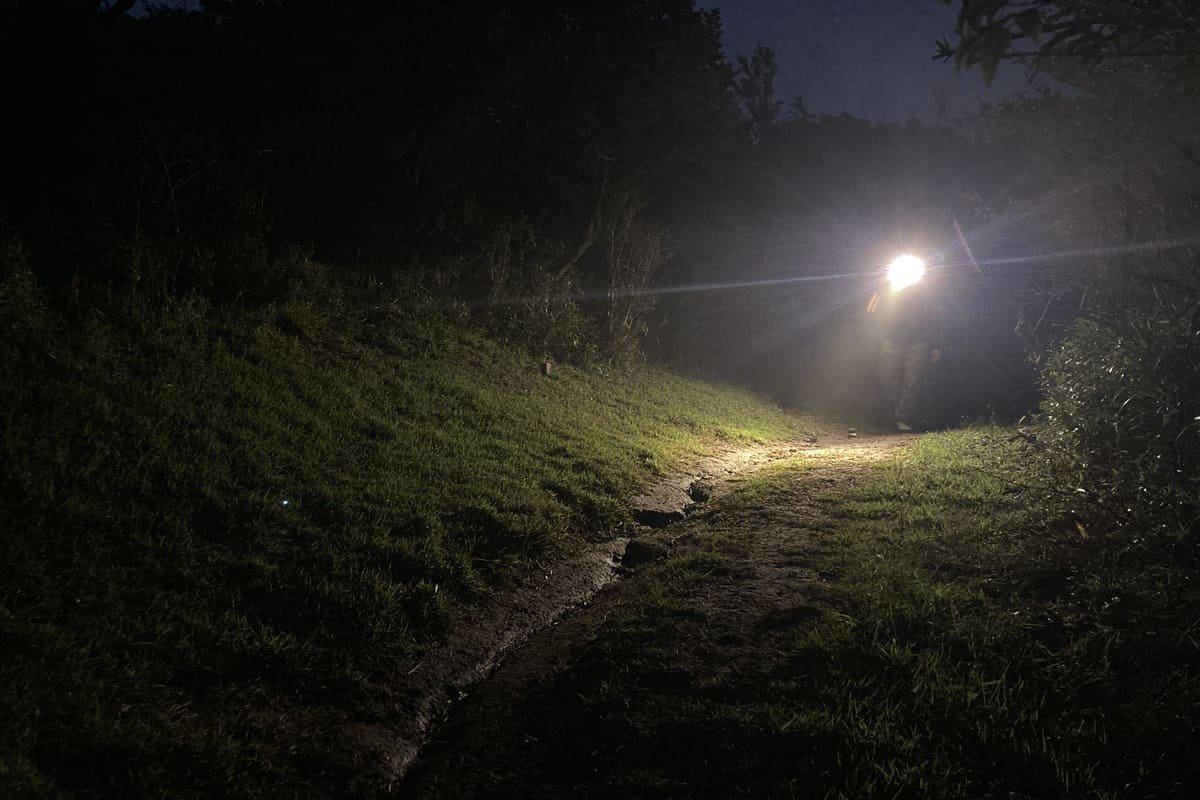
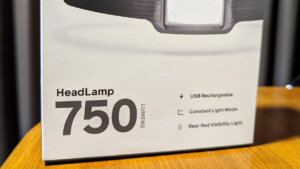
Currently, the brightness value of a headlamp is used in units of lumens (lm) All headlamps have their values displayed in the first part of the package, so this is probably the first number to be bothered (photo).
The unit lumen means the total amount of light (luminous flux) emitted by a light source, that is, the total amount of light that is bundled with all the light (energy) emitted from the light source in all directions. Generally, the larger the lumen, the brighter the more power it consumes.
Know how much brightness (light output) you need in your own case
The brightness of headlamps currently on the market ranges from emergency use with around 20 lumens to high-light models with over 1,000 lumens.
How much brightness (maximum spec output) is just a rough guideline, but I have found that if you are camping, day trips, or staying overnight, you need at least 100 lumens, and if you are climbing without the premise of nighttime activity, you need to have at least 100 lumens, and if you have more than that , you can still feel safe. *Of course, this is the maximum output displayed, and does not mean that the amount of light is required for actual use.
On the other hand, if you want to use it comfortably in winter or at night, you want at least 300 lumens. The brighter the brighter the more comfortable you will be. The larger the output, the higher the power consumption, the weight, and the price, so it is important to have a balance in this regard when choosing.
The brightness of a headlamp cannot be simply evaluated based on lumen numbers alone. Be sure to check not only the size of the lumen, but also the "irradiation distance"
The only troublesome thing. This "looking at the lumen numbers let you see the brightness of the lamp" is not a general rule, but it is actually insufficient. This is because lumens are the " total amount of light emitted from the light source in all directions ," and therefore they have no relation to "how bright the part you are actually seeing."
Let's use the photo below as an example. In the photos on the left and right, the same output light is illuminated with 400 lumens, but the light on the right is illuminated over a wide area, making it appear broad and dark. On the other hand, the light on the left is concentrated in the center, so the central part extends farther than the right, and the illuminated wall appears bright. In other words, the magnitude of the light output does not mean a simple appearance brightness . Even lights with the same number of lumens can look this different.
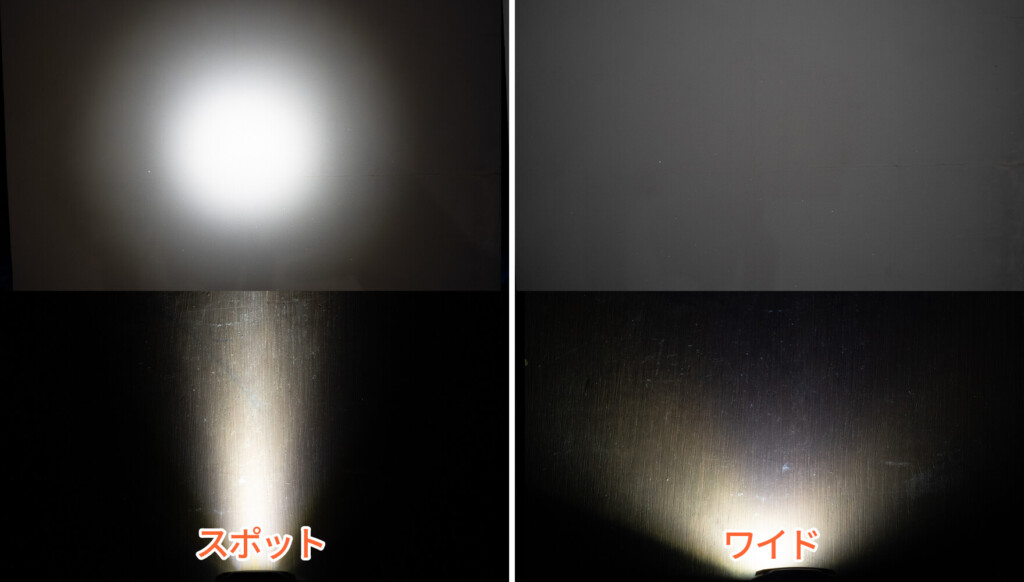
Even the same 400 lumen of light is the shape of the light completely different depending on whether you try to illuminate the distance or illuminate the nearby area over a wide area.
Therefore, when considering the brightness of a light, it important to consider not only the lumen value, but also the "irradiation distance" .
While the lumens indicate the total amount of light from the light source itself, "irradiation distance" literally indicates the distance that light reaches its distance Naturally, the question arises as to what "light is reaching"?
Regarding this, the "ANSI FL1 STANDARD" mentioned earlier states that it is "a condition in which the brightness of the moonlight at a full moon (0.25 lux*) or higher is greater than the brightness of the moonlight at a full moon." This irradiation distance is often listed on the package and instructions, just like light output (lumens). *lux is a unit that represents the brightness of a surface illuminated by light.
As shown in the photo above, this irradiation distance is not necessarily proportional to the size of the lumen. Even with the same lumen, the irradiation distance can be long or short depending on the performance of the lens and reflector (reflector), and the irradiation characteristics of wide beams and spot beams.
Just because you can concentrate light in small and narrow doesn't mean it's better. For example, there are several models with a "focus function" for LEDLENSER, and they are good at concentrating light on a single narrow point, so if you say just the brightness of that one point, it can be said that they have very excellent brightness, but even if you make it that narrow on an actual trail, it is only difficult to see, so there is a problem that there is no point in comparing it with that brightness.
In any case, the longer the illumination distance, the deeper the path you are able to see, making it useful for route findings on trails at night. Imagine the day when you have to go home, when you're nearing the mountain, when you're approaching a day of death. The headlamp illuminates the front a wide and far away, providing a sense of security.

When you illuminate the same trail with various lights, you can see that it's not just about reaching far. Ideally, it will illuminate your feet and nearby areas in a balanced way.
By combining the "irradiation distance (m: meters)" and "light output (lm: lumens)", you can finally imagine the overall brightness of the headlamp.
In reality, even with the same amount of light, there are headlamps with almost double the irradiation distance, so it is important to compare the brightness of headlamps in a comprehensive manner, rather than just comparing the light output values.
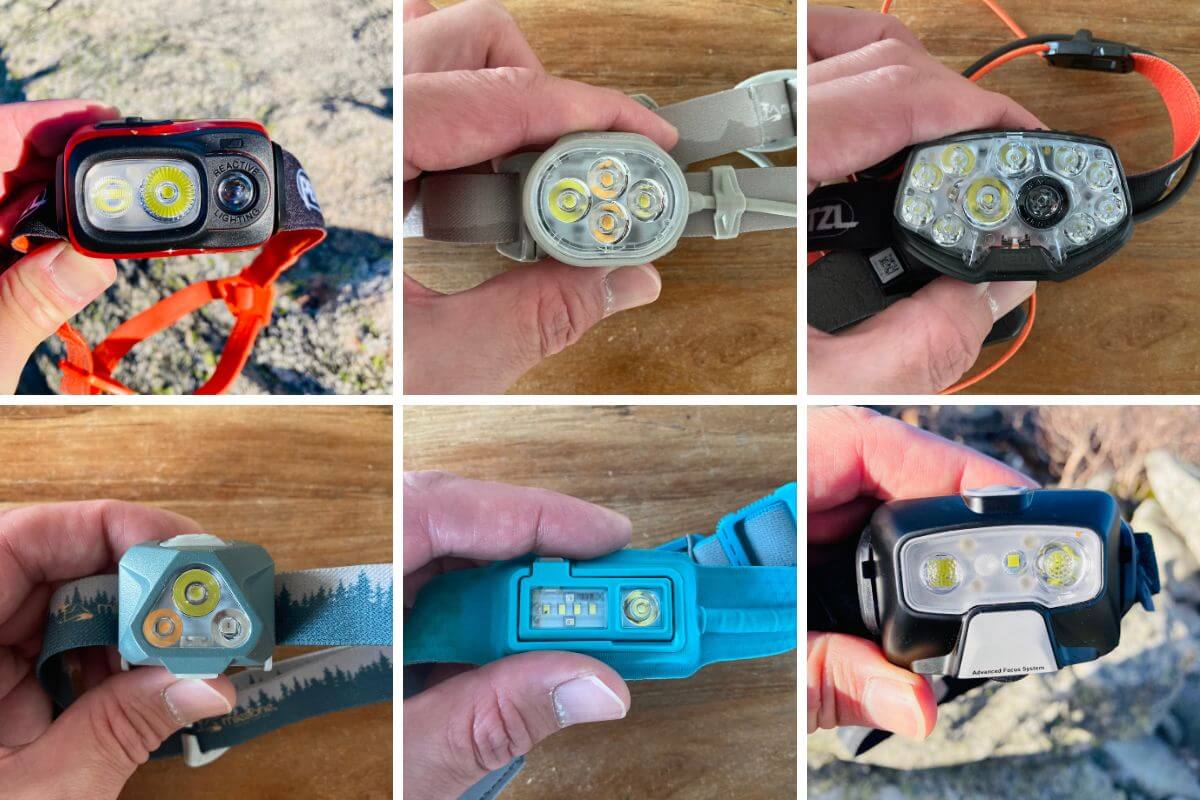
Whether the light reaches the distance or spreads nearby depends on the lens and reflector. Whether the light is efficient, flat and easy to see depends on the performance of this part.
Step 2: Check the type and type of light that can be illuminated
Choose the appropriate beam type depending on the location (use) you want to illuminate
Even though I want to read the text on my hands, when a point is illuminated with intense light, it is too bright and difficult to see, and even though I want to illuminate the road far away from the night, if I can only illuminate my surroundings, the road remains difficult to understand. Even in such a dark time, the types of light required vary depending on the scene.
With the exception of some entry models, outdoor headlamps come in multiple ray modes to provide light that suits a variety of scenes. First, we will summarize the characteristics of each (names vary by manufacturer) and their suitable uses.
| type | Wide (close distance) beam type | Spot (long distance) beam type | Normal beam type | Mixed beam type |
|---|---|---|---|---|
| image |  | 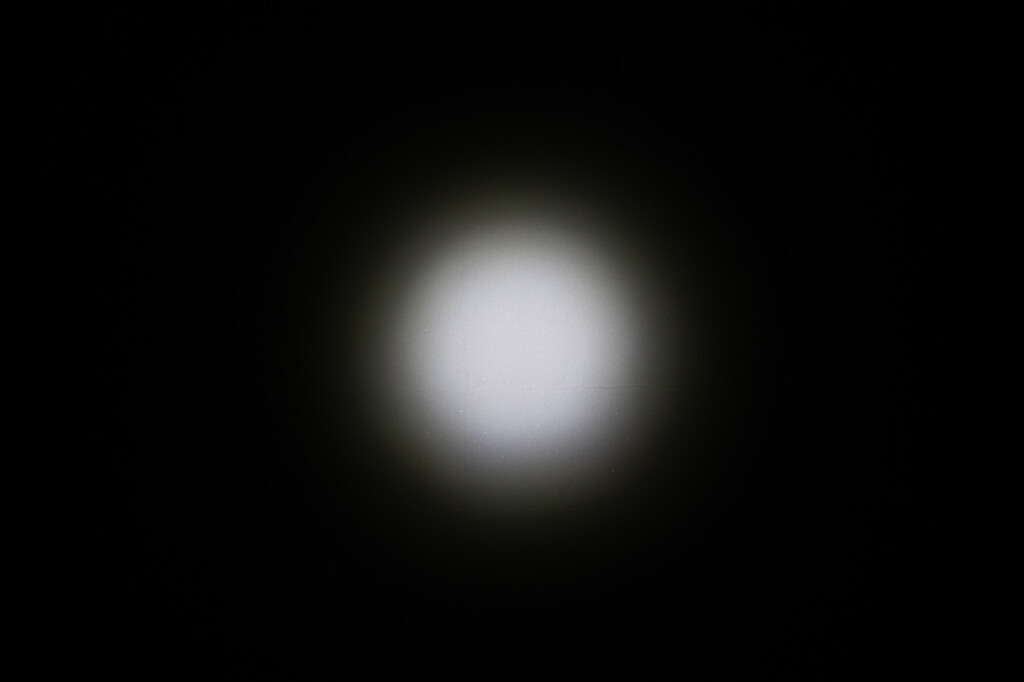 |  | 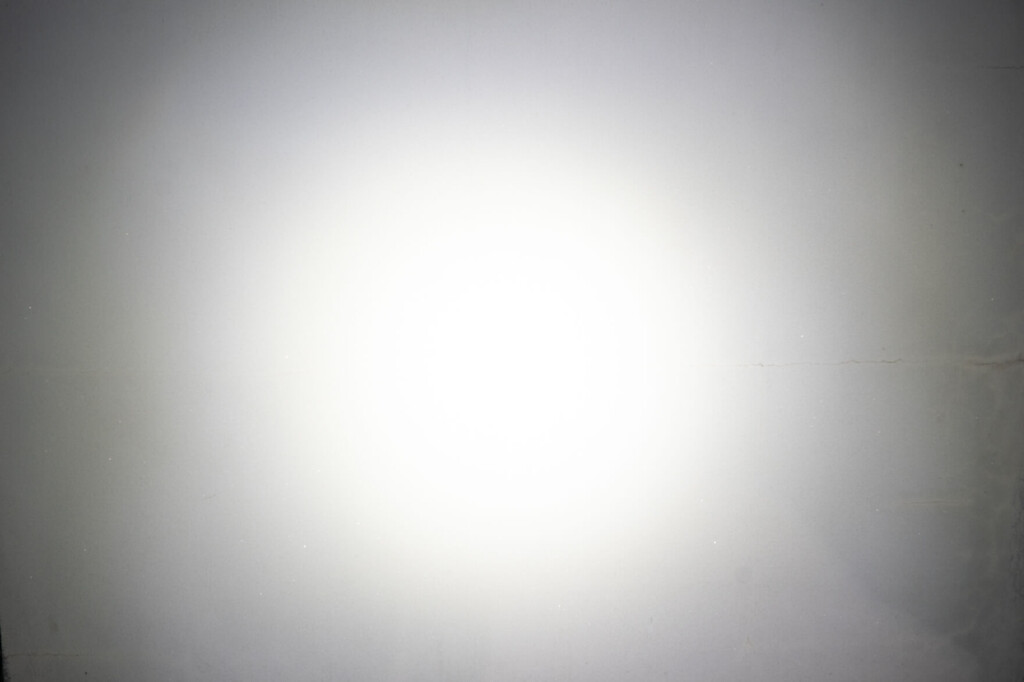 |
| Strong Points |
|
|
|
|
| Cons |
|
|
|
|
| Suitable scene |
|
|
|
|
It's best to accommodate as many beam patterns as possible, but even if there are features that are unnecessary for your activity, it will be overspected and you will have to carry around waste such as weight and cost. It is important to choose the type that is necessary for your activity while determining the balance.

When looking for a backpack in a dark place, it is easy to see close-range illumination.
Step 3: Check the irradiation time and battery life
What is the time of "irradiation time"?
Along with brightness, an important checkpoint that may be of interest is illumination time (battery duration).
The LED light source reduces power consumption and extends battery life, but if you continue to use it, the battery will be consumed and the output will eventually drop.
For now, you can check the irradiation time using the number "◯◯ Time (h)" written on the package. Of course, these numbers are measured under certain conditions, but there are still pitfalls that can be easily misunderstood.
There are roughly two standards for measuring this "irradiation time" and vary depending on the manufacturer. The specifications displayed on the package must be determined after keeping this in mind.
The first is the brightness of the night of a full moon moonlight, which has been customarily created based on the conditions of mountain climbing for a long time, that is, "the time when the light level can be maintained at 0.25 lux or more at a distance of 2 meters from the lamp" (for convenience, this is called the full moon method).
The other is the new standard based on "ANSI FL1 STANDARD." The illumination time based on this standard is "the time from the maximum output 30 seconds after the start of lighting until the brightness reaches below 10%." For example, if the light starts irradiating with 300 lumens of light when fully charged, the ANSI FL1 standard will take less than 10% = 30 lumens .
What's troublesome here is that in the case of the ANSI system, the lower limit of brightness is not a specific value, like the full moon system, but a "percentage" so that you can determine the superiority or inferiority of battery power efficiency for each model regardless of the original brightness, but if the headlamp is quite large, even 10% of the headlamp may maintain a completely practical brightness.
For example, the irradiation time for a 100 lumen light is the time until the light reaches 10 lumens, but even if the 700 lumen light still has 70 lumens, the irradiation time will be completed. 70 lumens have a certain amount of brightness, so in reality it can be used longer than the specs' illumination time.
Therefore, some manufacturers may display the time called "Reserve Mode"
In the spec display for Black Diamond and Pets, the time for "reserve mode is the time when the ANSI irradiation time is completed, even if it reaches 10% or less of the initial output (photo below). Incidentally, the instructions for Black Diamond show that the brightness during this spare period is 0.25 lux at 4m away.
Be careful as the "how the brightness decreases" varies depending on the headlamp.
For example, if you continue to use a headlamp with a "irradiation time: 10 hours" from full battery, how will the brightness decrease over time?
Most headlamps only have a maximum output state when fully charged, and in a few minutes, they will suddenly drop to about 50-70% of the brightness. The way things go beyond that will vary depending on the model. This reduction cannot be determined unless the brightness is continuously measured and graphed, but unfortunately, this is not essential data even with the FL1 standard, so there are some manufacturers that publish and some manufacturers that do not.
Here, we'll be taking a look at three items that have actually been tested by our site, with a brightness of about the same max, and compare how the brightness decreases over time.
The above graph shows the following facts:
- Item 1 (blue) has immediately attenuated to a rate less than half the initial value, but the irradiation time is the longest.
- Item 2 (yellow) has the shortest maximum output irradiation time, but remains constant even after output drops while it is on.
- Item 3 (red) has a longer output than Item 2, but the brightness continues to decrease.
Looking at the numbers on the surface, you'll want to choose "Item 1" with a 4-hour irradiation time, but "Item 2" is better for those who prefer to work hard with as high performance as possible, and for those who find it difficult to throw away either of these, we recommend 3 (of course, the ideal is to have a bright, close to the maximum, like Item 1, and have as long as possible irradiation time).
In order to choose the ideal time for your irradiation, it is important to read not only the number itself but the "content" of the number .
Unfortunately, unfortunately, at this time, these brightness curve graphs based on elapsed time are only available for some makers and models, so it is not possible to check this information on all models.
For now, all we can do is check if such features are written in the product information as much as possible to make analogy. However, this site also investigates and publishes this irradiation time graph as much as possible, so please be sure to use it as a reference.
The mainstream battery is from alkali to rechargeable
With the recent advances in technology, increasing the capacity and miniaturization of batteries, more and more headlamps are now being rechargeable from general-purpose alkaline batteries to dedicated lithium-ion batteries.
By using a dedicated lithium-ion battery for the headlamp, not only has high-power lights lasted for quite a long time, but it has become common for mobile batteries to spread smartphones and charge other electronic devices, and by eliminating spare batteries, this is a sure-fire bonus.
However, considering that it takes a long time to charge and that if you are going to buy a spare battery to avoid this, you will have to pay much higher costs than regular batteries, it is certainly a great help if you can use alkaline batteries in case of an emergency.
, like PETZL's can share alkaline batteries in addition to dedicated batteries, are currently a very smart choice in terms of convenience. It is best to consult with the spare battery you will need to take into consideration the most efficient configuration.

Gradually, the number of convenient "hybrid" lights that can be used to both alkaline and dedicated batteries has increased. Recently, models with the battery itself becoming mobile batteries have also been released.
A model that can be used while connecting an external battery is convenient for long periods of time

With the BioLite Headlamp 330, you can use the mobile battery by sneaking it into the head of your backpack and always power it.
In addition to the regular dedicated battery, some high-output headlamps are also unique models that can be used while powering directly from a mobile battery.
If it is connected to a mobile battery, you can continue to use it at high power for a long time. It also reduces charging time, making it even more convenient and practical than you imagined.
Step 4: Check durability (waterproof and dustproof grade)

Headlamp usage is often a tense situation at night or in emergencies, and durability should be placed more importance on its durability than other gear to prevent it from becoming useless in an emergency .
Headlamps, which are electronic devices, are particularly sensitive to water and dust, so you should check whether they have minimum waterproof and dustproof performance against wetting.
The waterproof and dustproof performance of headlamps is indicated by the "IP Code" indicator according to international standards.
The waterproof and dustproof grade is determined by the IP code number, and it is written as "IP ◯◯", and the larger the number on the ◯ on the right side, the better the waterproof performance. The X part on the left shows dustproof performance, and models that are so well protected (with numbers other than X clearly stated) are even more secure.
Below is a summary of how waterproof each class is.
| standard | Waterproofing performance guide |
|---|---|
| IPX4 | Protection against watering from all directions |
| IPX5 | Protection against water jets |
| IPX6 | Protection against strong water jets |
| IPX7 | Protection against temporary submersion (30 minutes at 1 m depth) |
| IPX8 | Protection against long-term submersion (determined by the manufacturer at a depth of more than 1 m) |
| standard | Dustproof performance guide |
|---|---|
| IP4X | Protection from wires etc. |
| IP5X | Dust protection |
| IP6X | Complete dustproof construction |
Looking at the graph standards, IPX4 also provides "protection against watering from all directions," indicating that it is sufficient for waterproofing when used in mountain climbing or trail running.
When you are doing activities near the water, such as climbing a stream or canoeing, you can rest assured that you may be inundated with an IPX7 or higher headlamp.
Step 5: Check weight and fit

It is also important to check the weight of the headlamp in terms of weight reduction and fit.
The weight of the headlamp is generally around 100 grams when the battery is attached, and when it is below 80g, it can be said that it is a lightweight headlamp.
Headlamps that fall below 50g are the lightest class, but as they are smaller and lighter, they tend to have less output and durability. We recommend that you consider the balance of output against weight and if you are planning to act at night, we recommend choosing a headlamp with a brightness of 200 lumens or more.
The weight of the headlamp not only affects the weight of the equipment, but also affects the fit when worn and the fatigue that occurs when worn for a long time. It's naturally a burden if it gets heavy, as it's attached to your head.
Some high-power models have a higher battery weight, especially since some models can exceed 200 grams. Some headlamps separate the battery into the back of the head, which can also be used to prevent long-term wear. Also, the fit and distortedness can vary greatly depending on the material, shape, and tightening of the band.
After testing nearly 20 headlamps, I felt that with a simple structure and band, the weight of roughly 100g is the boundary that makes it feel like the strain on wearing it.
With an integrated battery, headlamps over 100g can be worn for a long time and feel heavy and fatigued. Models with separate batteries and high-fitting bands are less likely to feel fatigued even at 200g weight, and headlamps below 100g remain comfortable for a long time even when worn normally (this is only for reference only as the fit of the headband varies from person to person).
Step 6: Learn about the useful additional features that are available
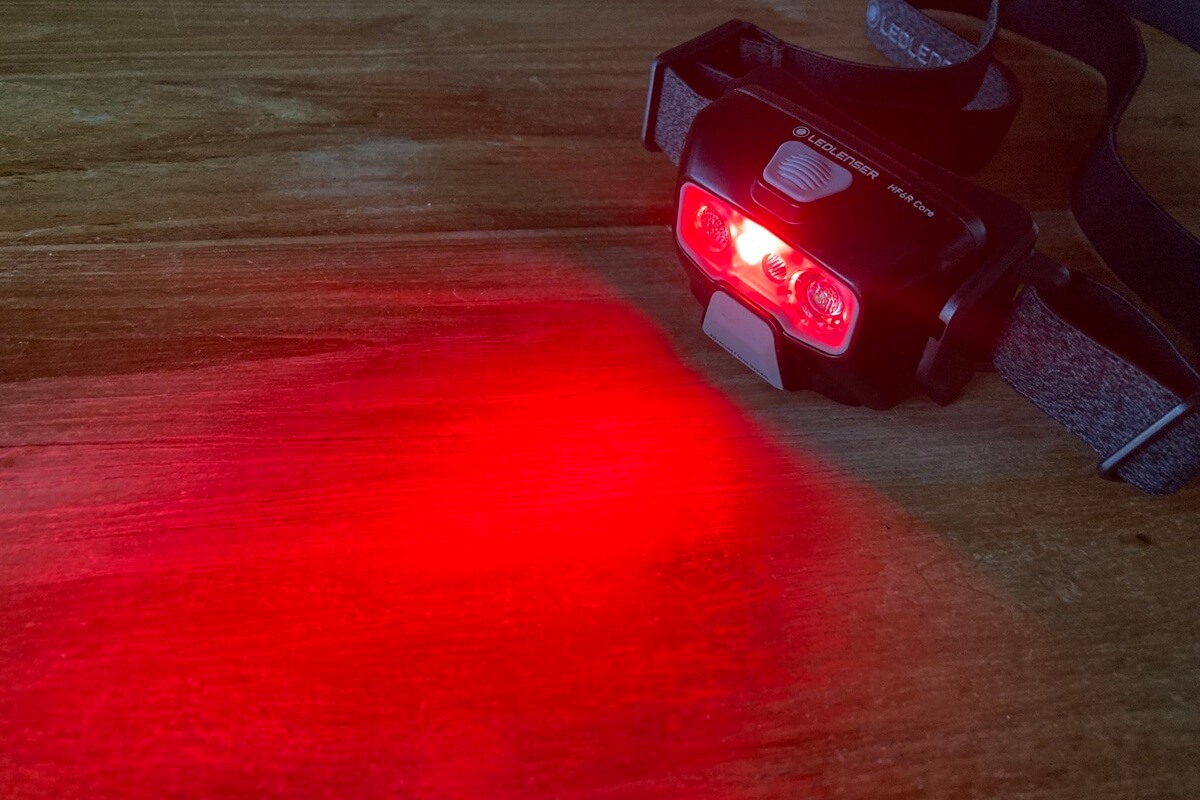
Easy to use and a variety of illumination modes
When high-performance models become more suitable, there are more variations in the intensity and type of light that can be set, and as a result, these models have the advantage that you can select the most suitable light for a variety of situations. However, there is a negative aspect that the more variations in these modes make the operation more complicated and difficult to use, and it's not a good idea to have many modes.
| mode | explanation |
|---|---|
| HIGH(Power) | The brightest illuminates, perfect for use in the dark. The battery consumption is also the largest. |
| MID | A mode that is darker than high output, but provides energy-saving light. |
| LOW | This mode offers the most energy-saving and minimal beams, and this is often enough for odd-doing on trails and campsites at dusk. |
| Boost | It can temporarily irradiate light that is stronger and brighter than HIGH for a short period of time (which consumes significant battery). |
| Stepless adjustment of brightness | It is a function that allows you to adjust the intensity of the light even more finely than the three levels above (also known as dimming mode). |
| Reactive mode | The sensor automatically adjusts the optimum light shape and intensity. High-tech features that are easy to see and comfortable to use, and also eliminate waste of battery. |
| strobe | A mode that flashes at regular intervals. It is not used normally, but is extremely useful in emergencies and when informing people around you about your existence. Naturally, the power consumption is also low. |
| Color Light | Red Light is a convenient mode when illuminating your hands with a type of light that does not stimulate the pupils at night. It is convenient when you are in a tent or hut without waking up other people sleeping. It is also useful when taking photos of night views. There are also other modes with lights in colors that are easy to see in certain scenes, such as yellow, green, and blue. |
| SOS mode | A mode to flash red and signal extremely. |
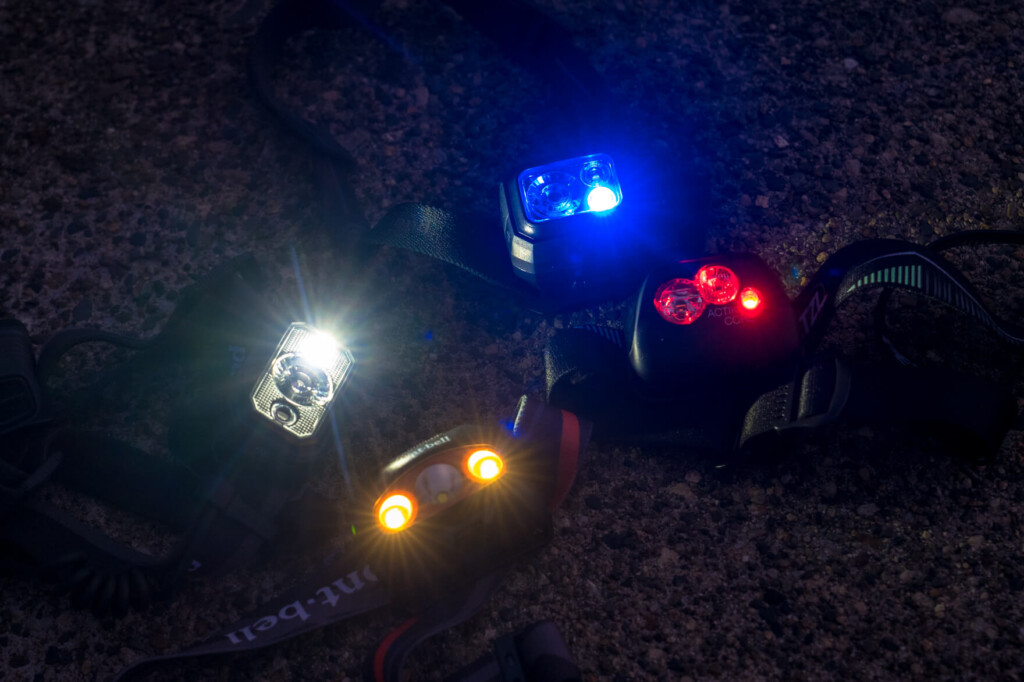
Easily adjust the illumination angle
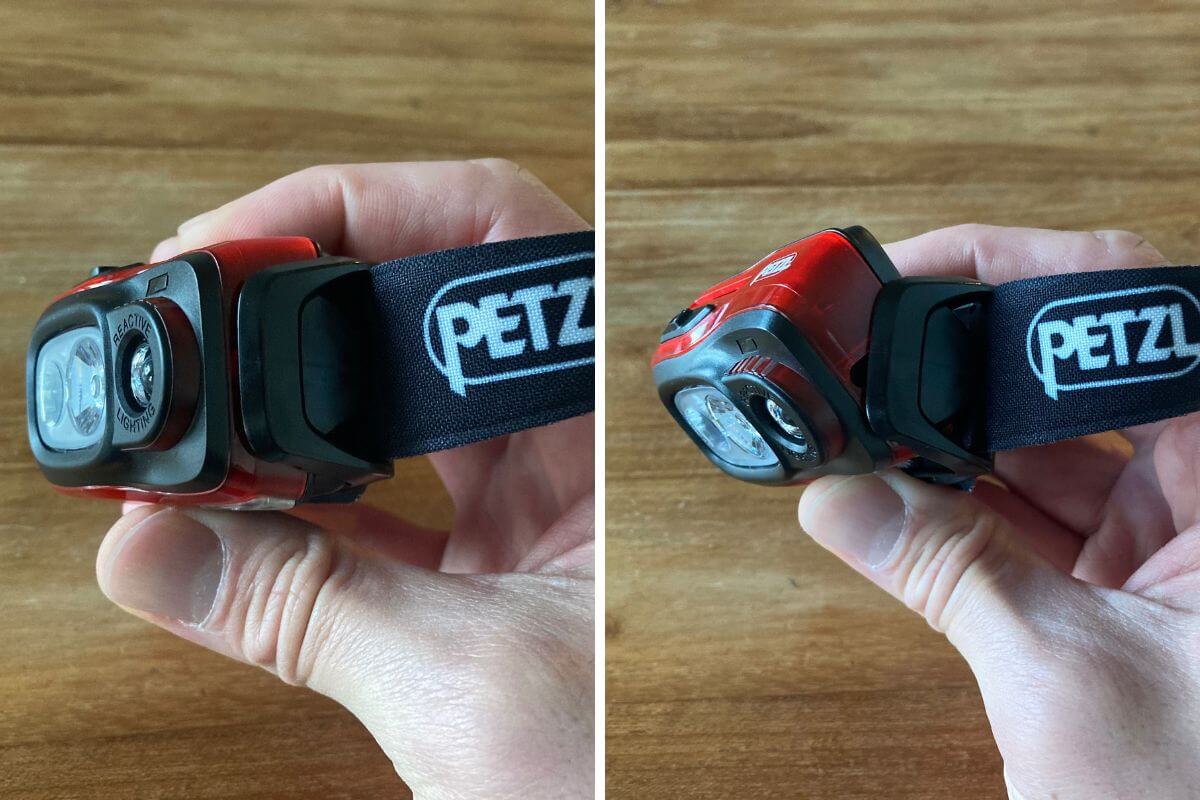
The headlamp can be set on your head and then the direction of the lamp can be adjusted up and down. Generally, when looking at your hands, you often adjust it downwards, and when looking for a farther path, you need to adjust the illumination angle is one of the key points that will affect the usability of your headlamp.
Some types are adjustable in stages, such as Black Diamond and LEDLENSER, while others are adjustable in stages.
Strap fit and support
The strap that attaches the headlamp to the head is a delicate area that you should pay more attention to than you think, such as width, thickness, elasticity, ease of adjustment, and durability. It is desirable to have a flat, cushioned pad that touches your skin, not a hard plastic or rough rubber band, as shown in the photo below.

If the area that touches your skin is comfortable, it will not damage even if worn for a long time.
Also, if you are planning to perform heavy headlamps or intense exercise such as trail running, it is important to focus on whether or not the fit can be fine-tuned and the difficulty of shifting, and not only consider the performance of the light, but also the quality of the item being worn.
Button lock function
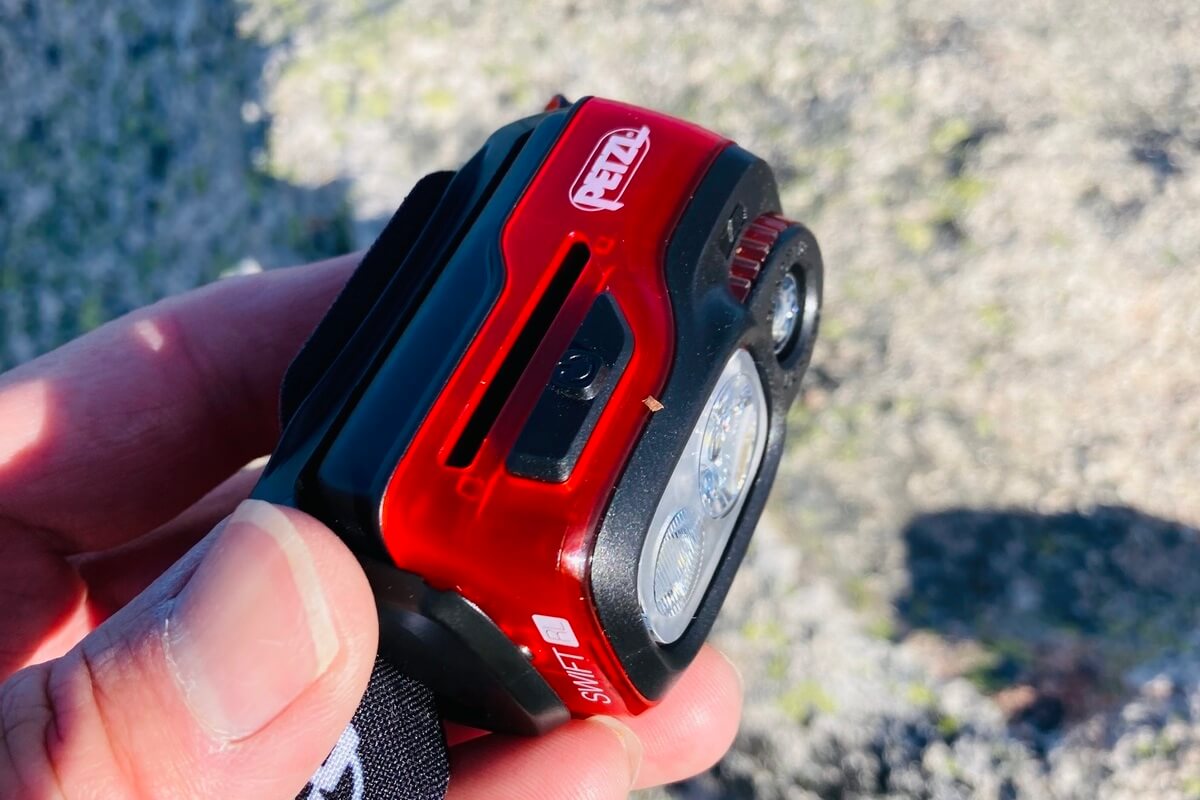
The PETZL Swift RL can be locked in 6 seconds with long pressing the button. Press and hold for 4 seconds or press 4 times to unlock. Operating requires getting used to it
It's a tragic story that the headlamp switch turns on while you're in your backpack, and the battery is 0% when you try to use it, but in reality it's quite common to climb mountains. A "button lock" mechanism to prevent this is installed on most climbing models, but be careful as it may not be possible in rare cases. You should definitely choose a model with a locking mechanism whenever possible.
summary
Headlamps are among the "simple" items of equipment, but since they can even be a factor in a given case, choosing a model that is sure to make sure you have the right choice is very important for enjoying the outdoors safely.
It used to be a simple accessory for AA batteries and light bulbs, but as technology has progressed, LED lights have emerged, the rise of lights with surprising technology, with the rise of LED lights, the smaller and larger capacity batteries, and advances in electronic control technology.
Headlamps are packed with technology so hard to imagine from their appearance. Headlamps, once a simple accessory for AA batteries and light bulbs, have undergone a surprising evolution due to the emergence of LED lights, the smaller and larger capacity batteries, and advances in electronic control technology. Considering not only the irradiation power, but also the irradiation distance, irradiation time, weight and hold power, it is currently difficult to find the most suitable headlamp out of the many.
Based on the 7 steps to choose from explained in this article, find the best model that suits your needs from the published comparison table!




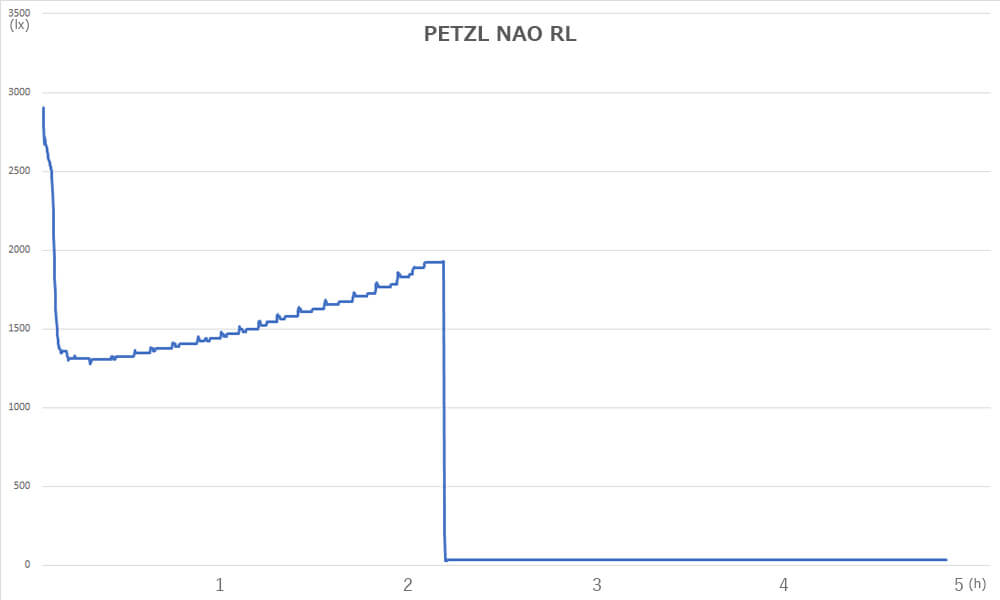

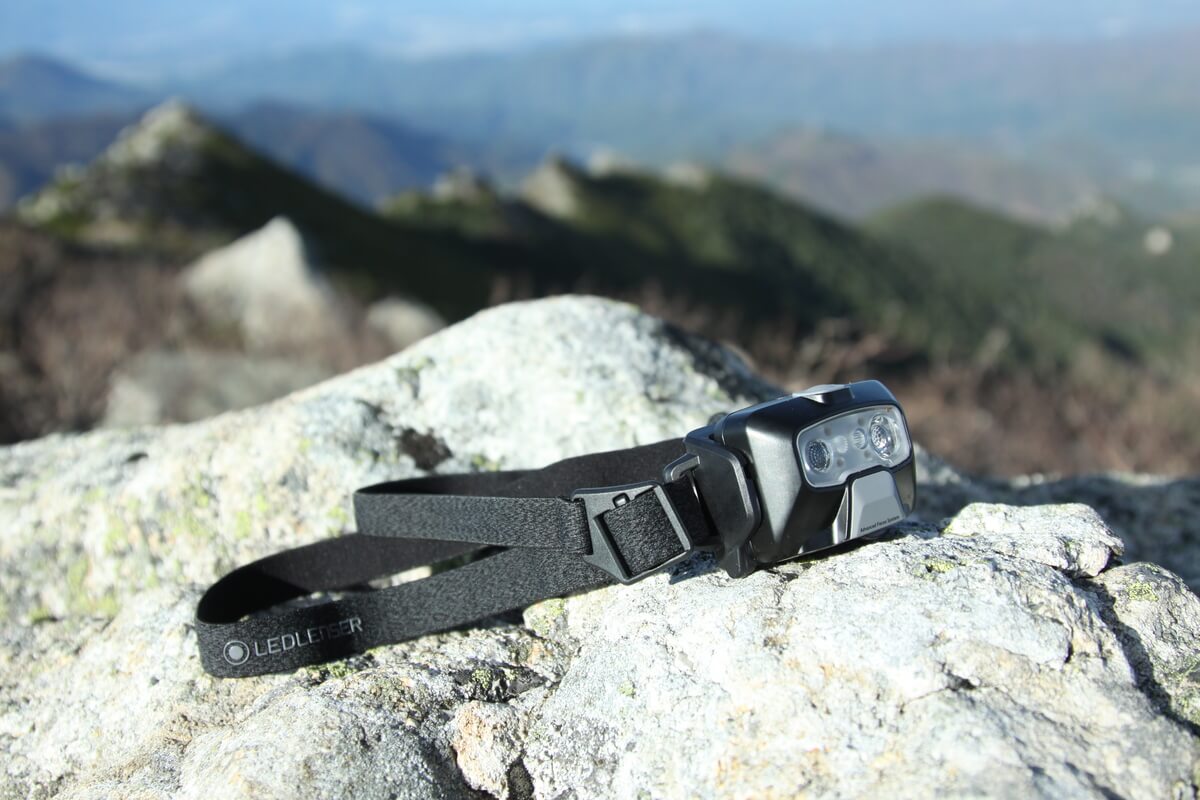
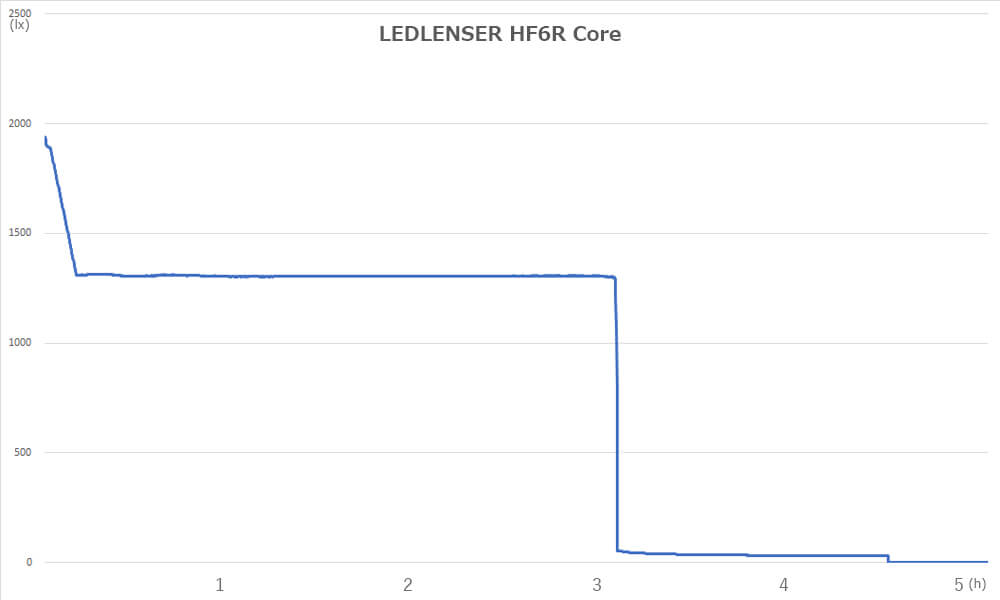


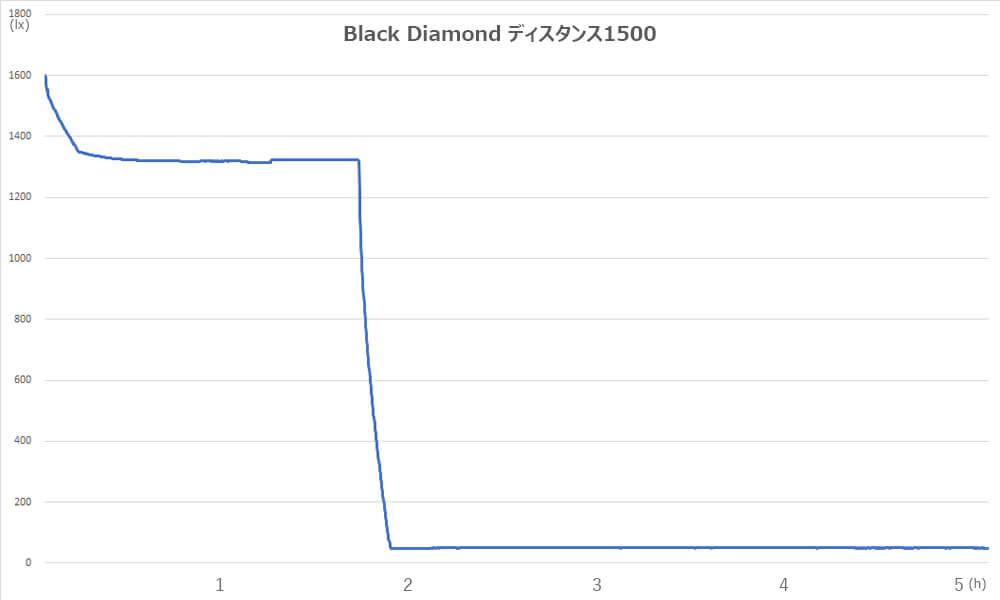
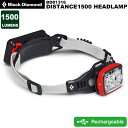


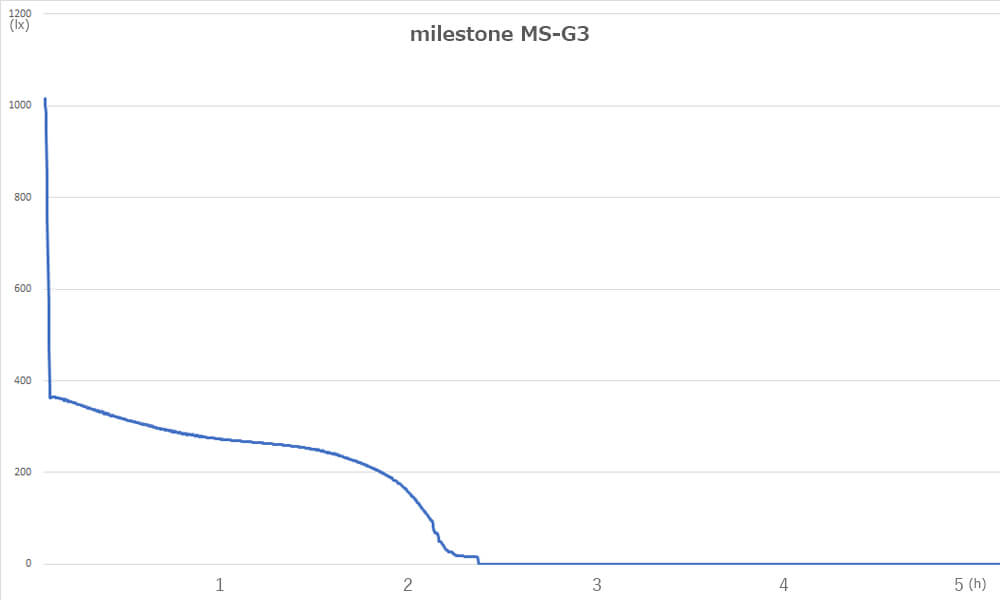

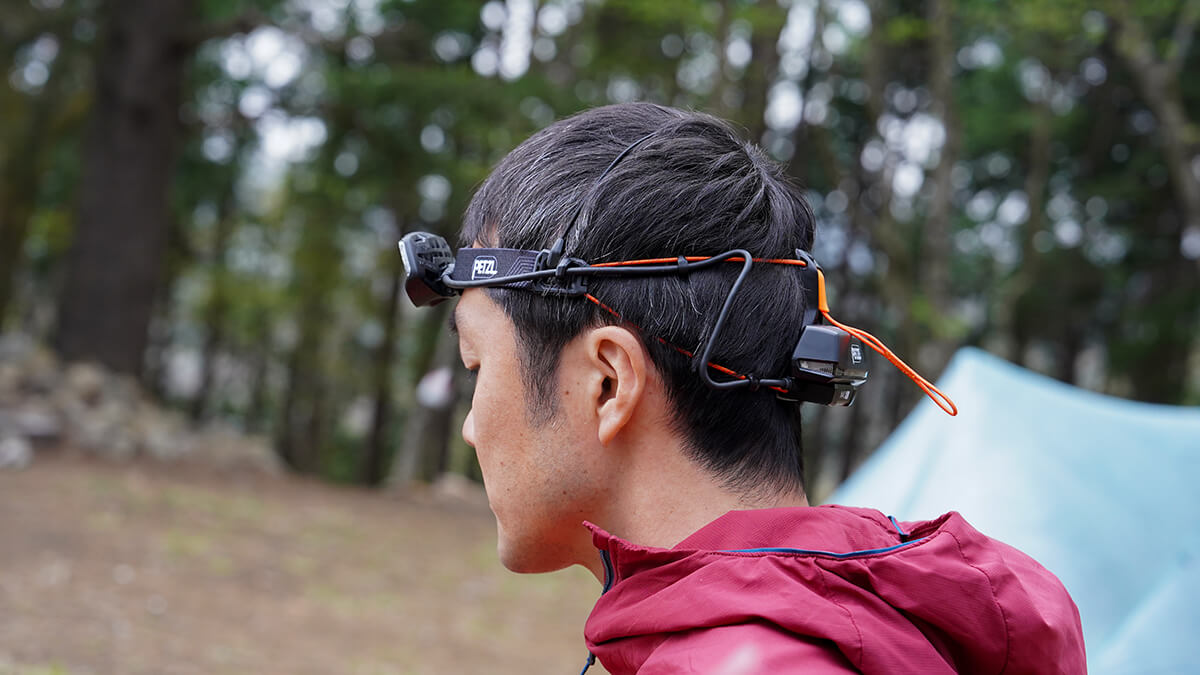
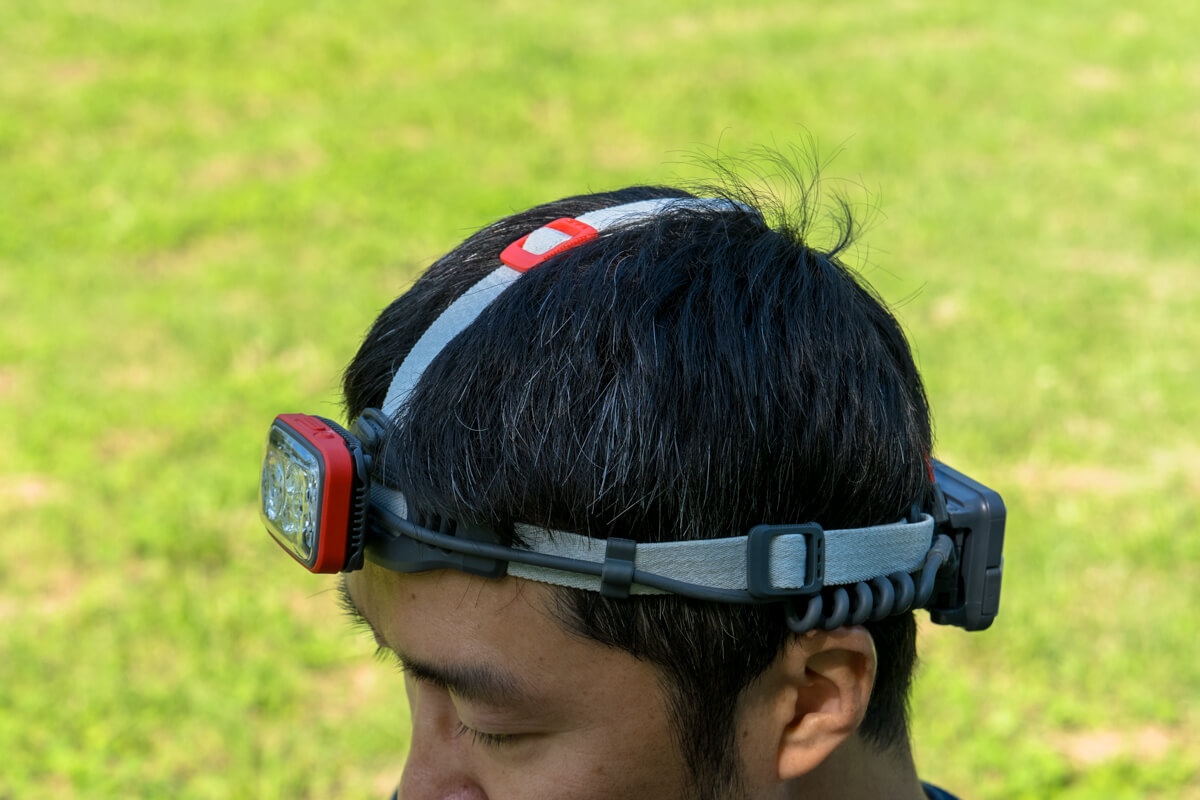
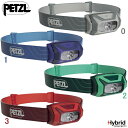





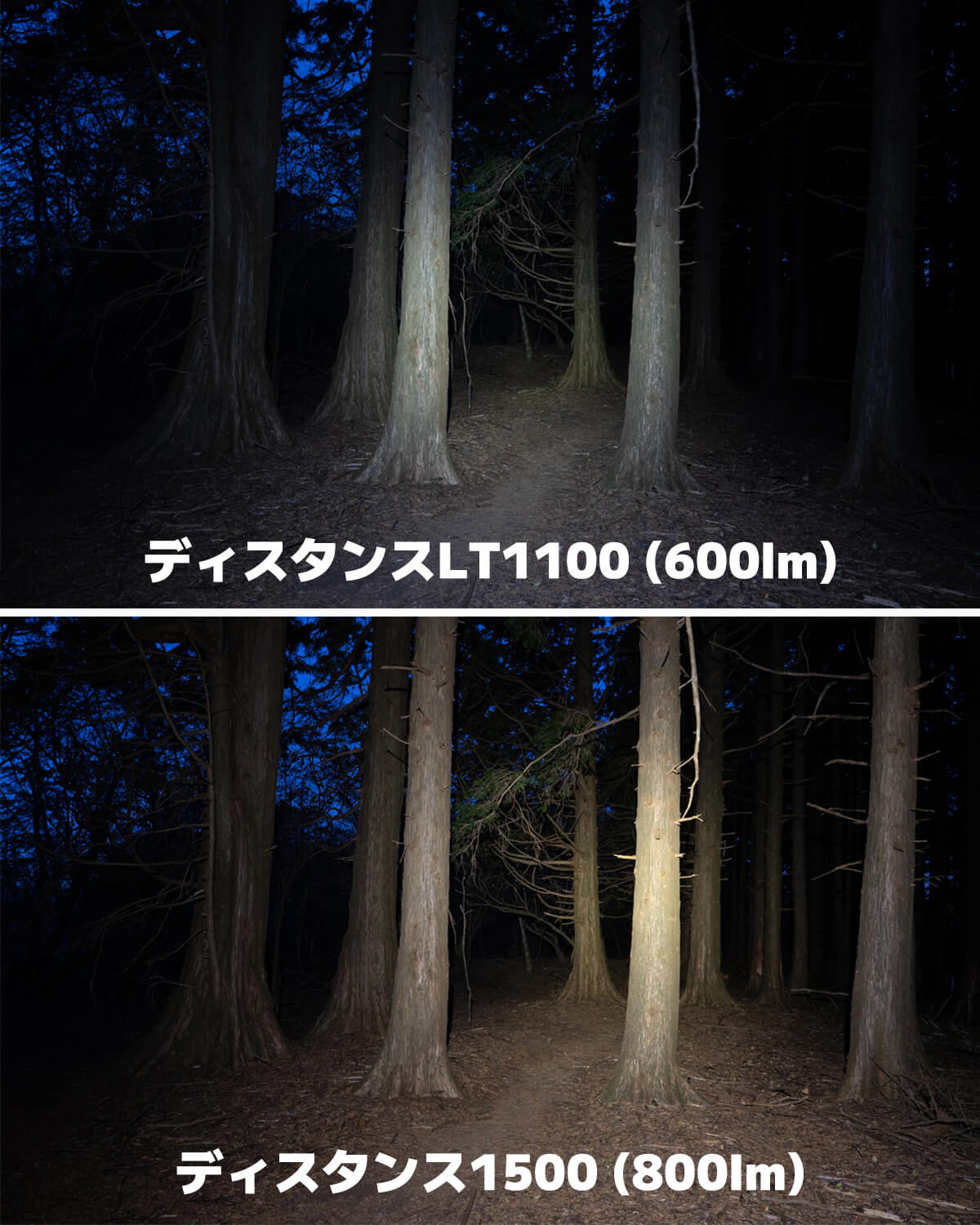














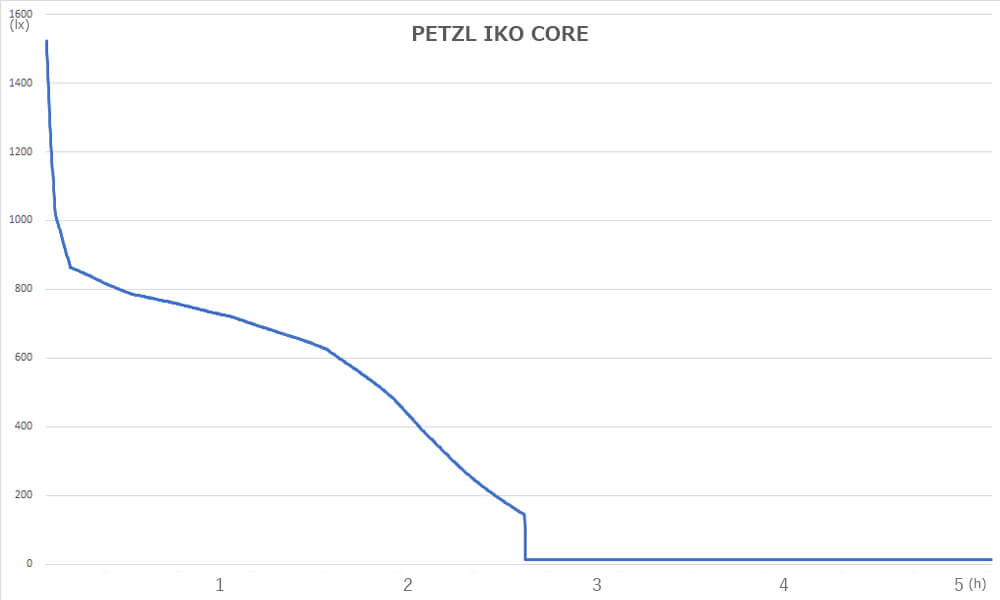



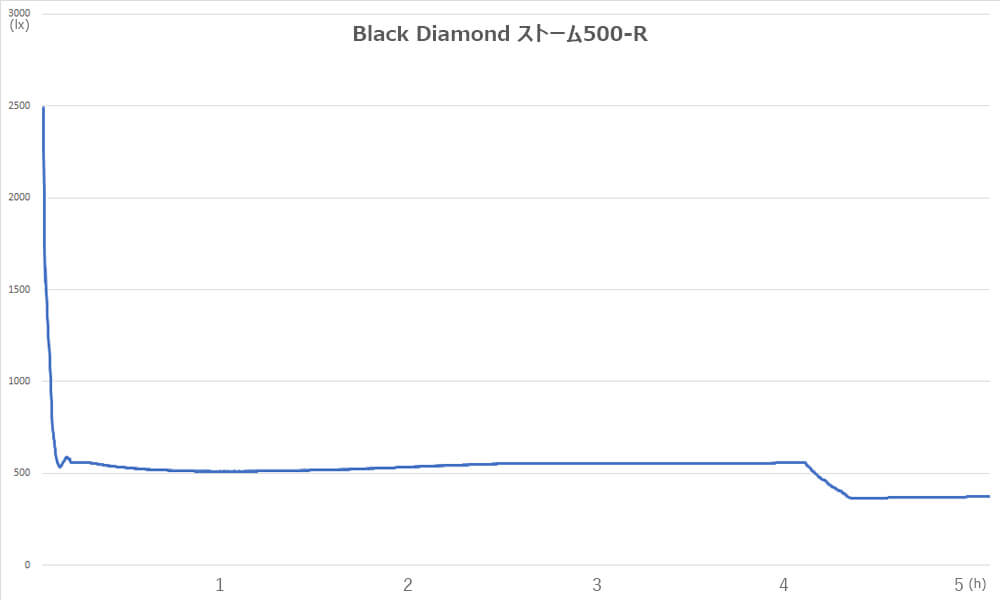
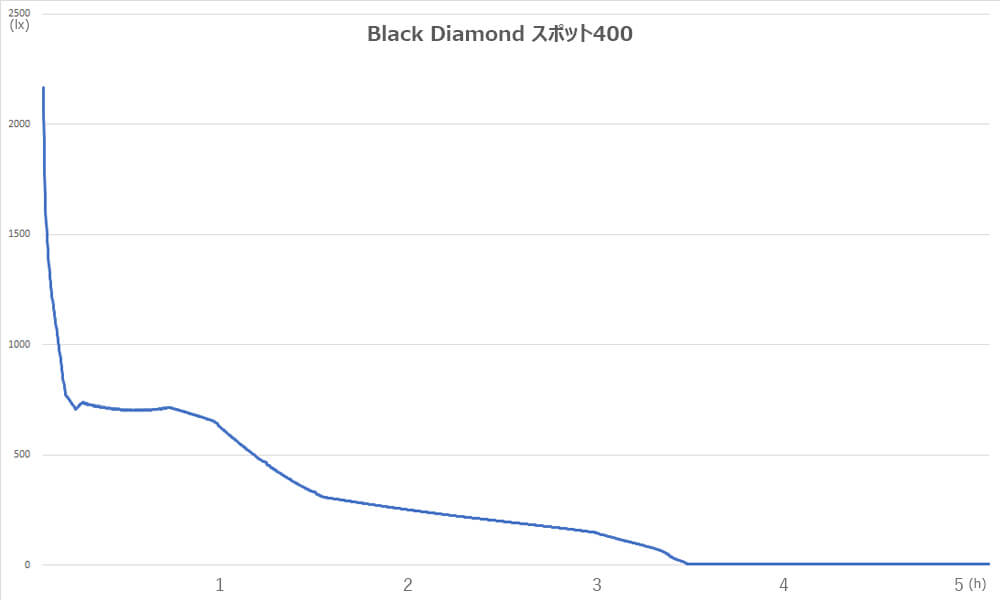
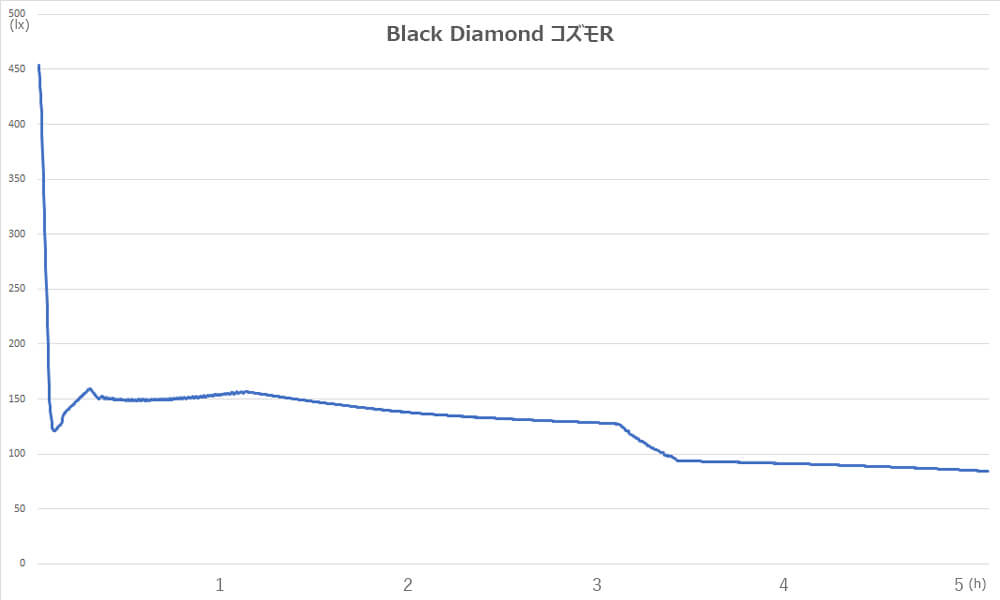
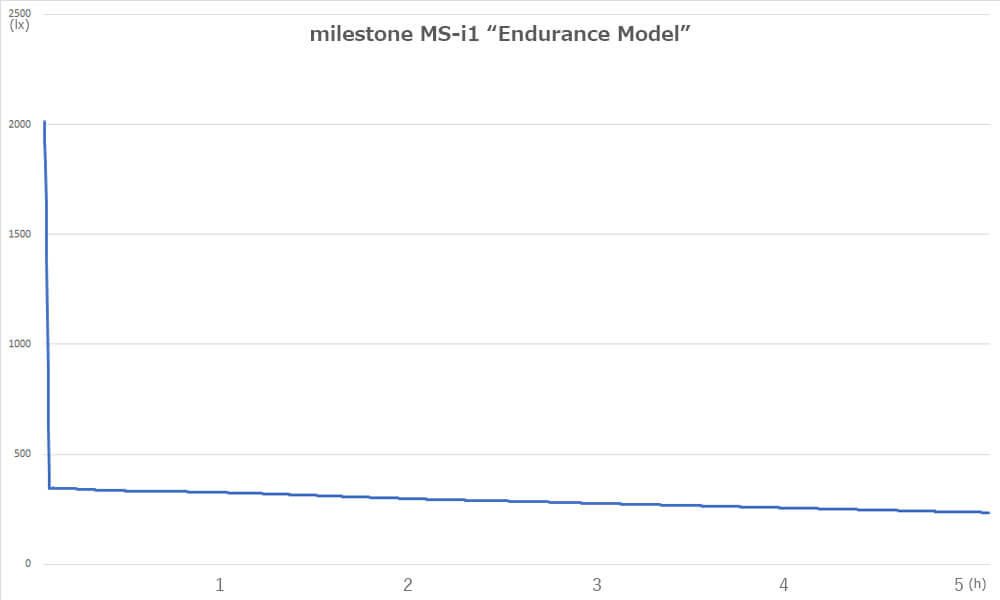
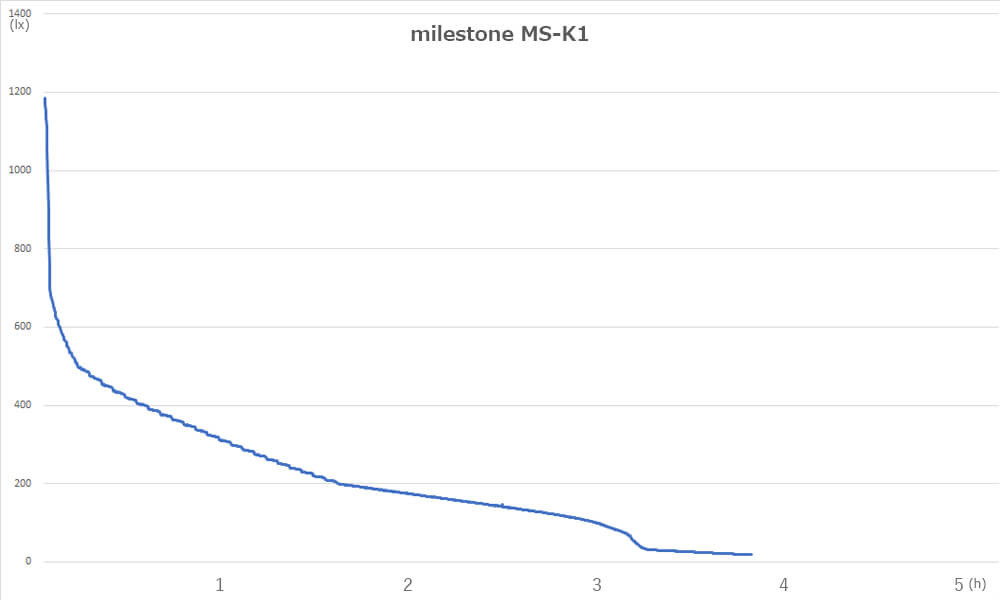
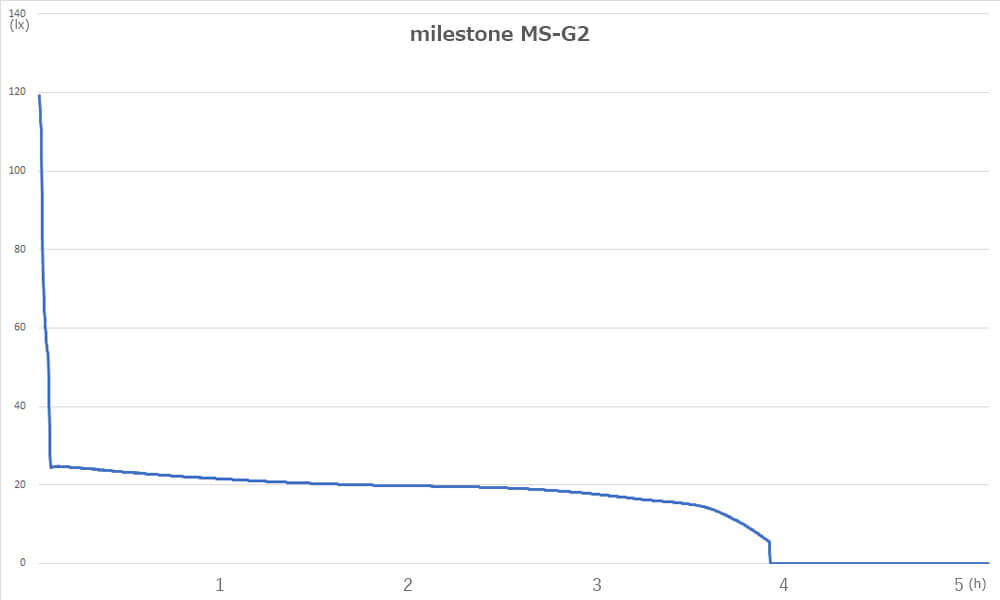
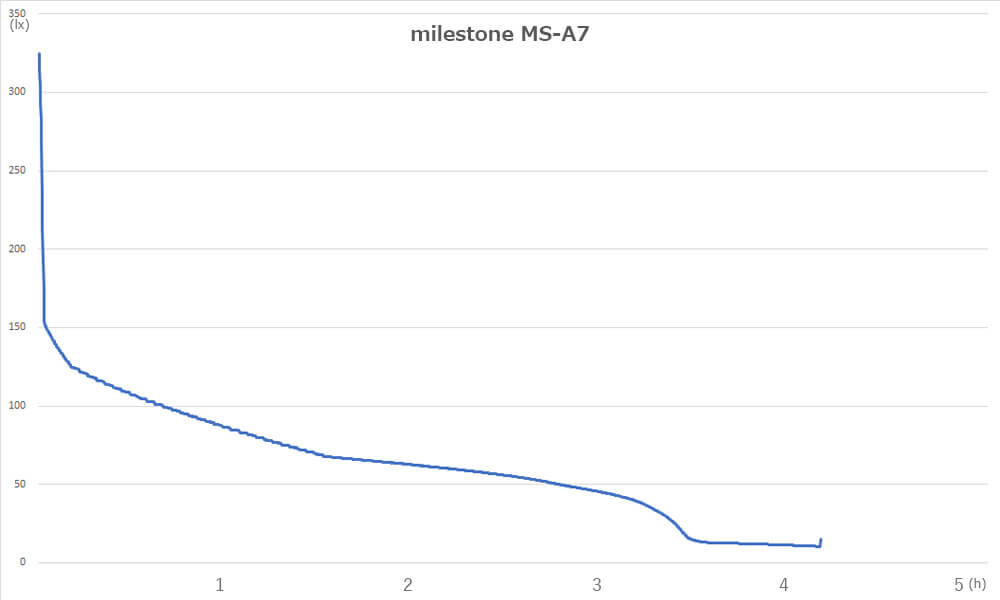


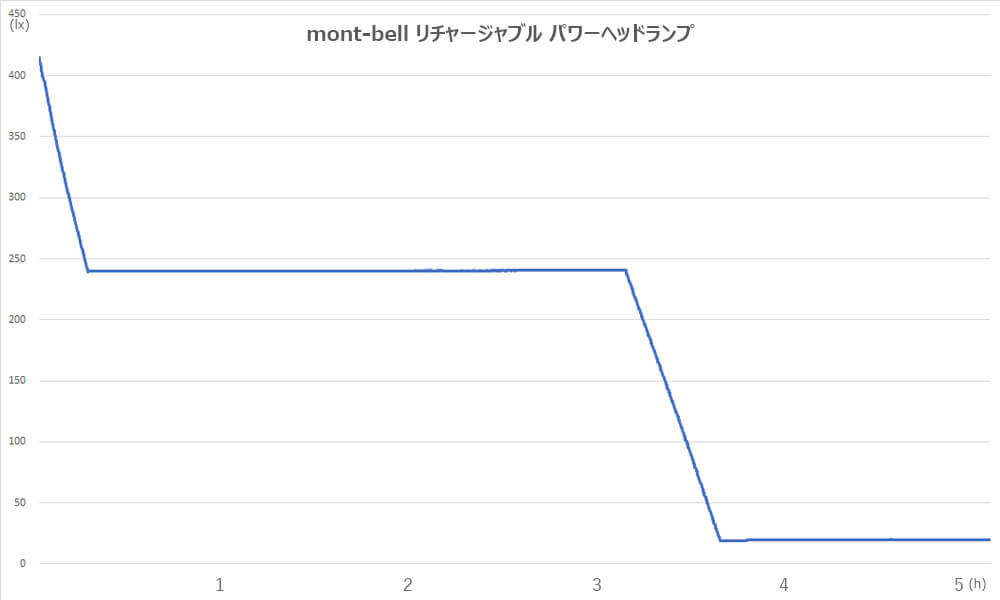

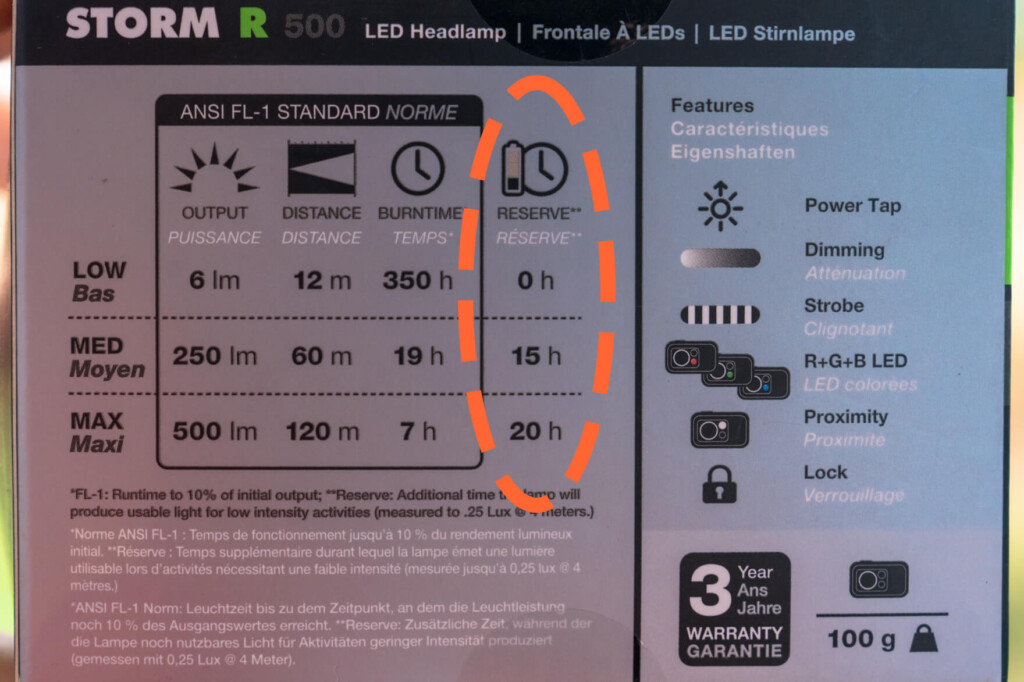
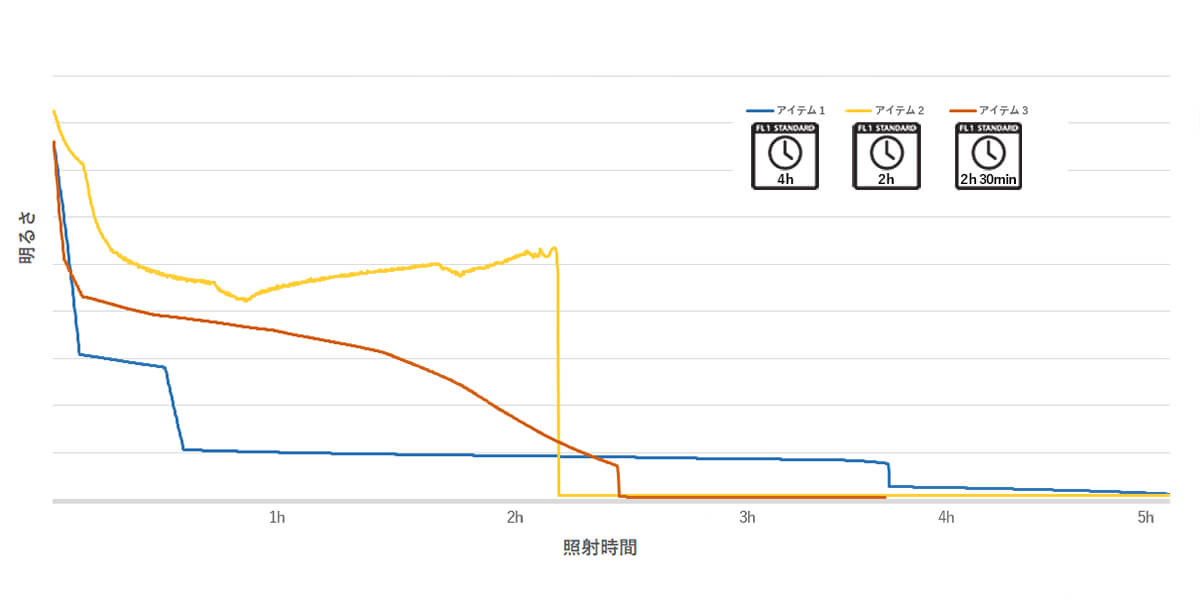
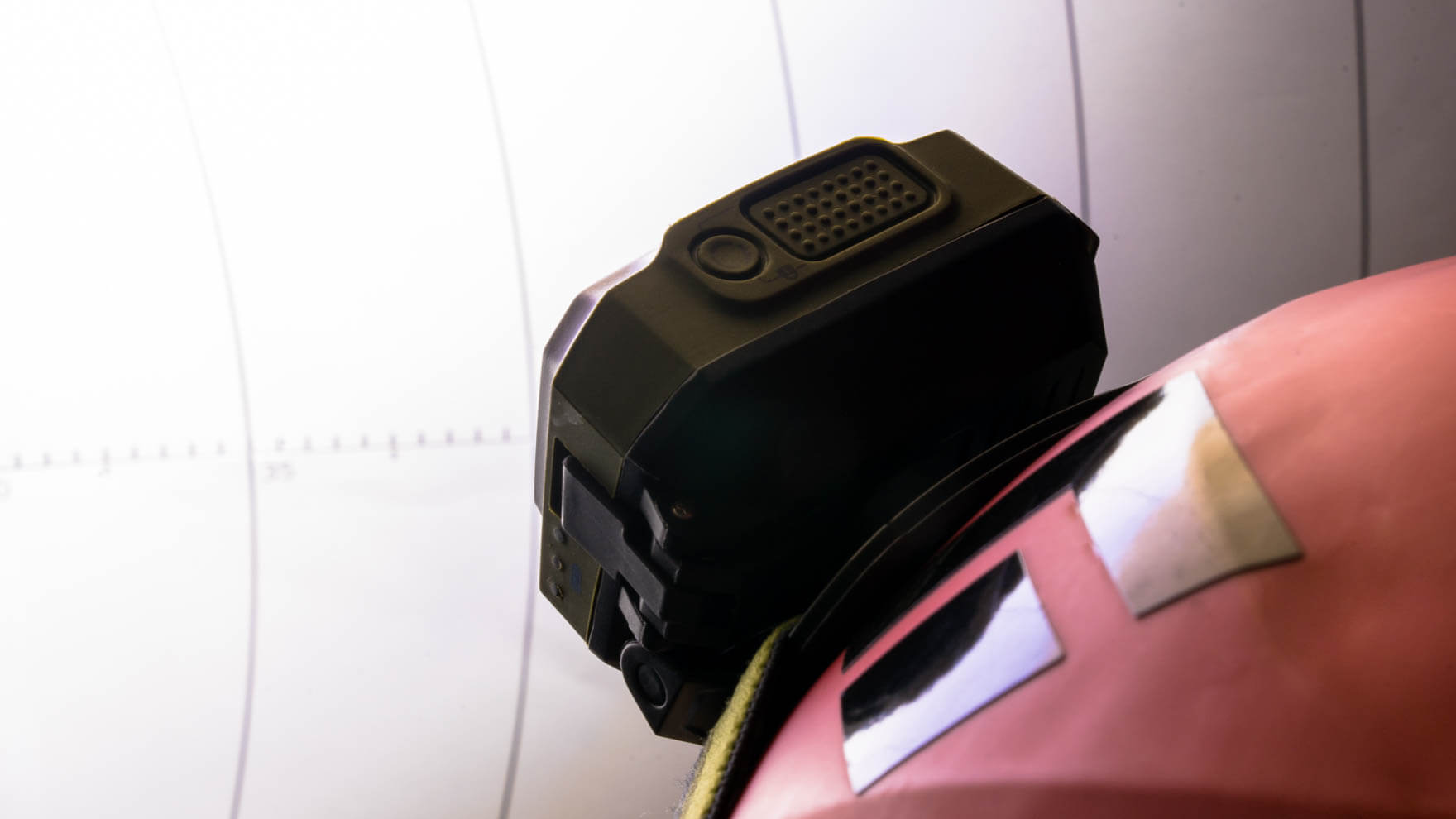 Comparative Review: Finding the Ultimate Outdoor Headlamp 2020 [Detailed Review]
Comparative Review: Finding the Ultimate Outdoor Headlamp 2020 [Detailed Review]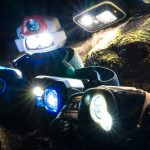 Comparison review: I can't tell if you look at the headlamp in a store, so I compared it to the 2017
Comparison review: I can't tell if you look at the headlamp in a store, so I compared it to the 2017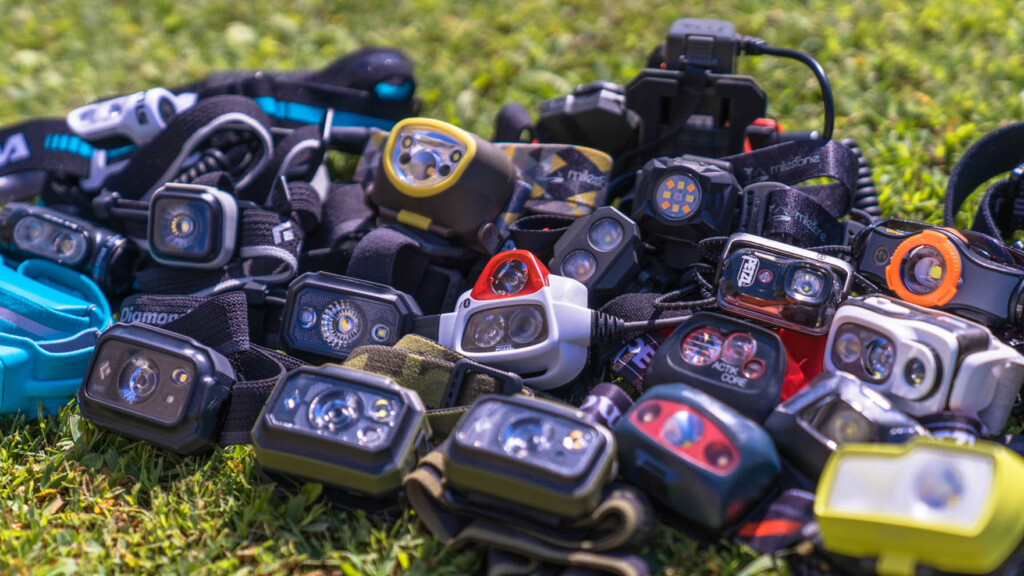 [A self-paying comparison review without consideration] After thoroughly comparing the information, we found out that recommended outdoor headlamps for different scenes and purposes.
[A self-paying comparison review without consideration] After thoroughly comparing the information, we found out that recommended outdoor headlamps for different scenes and purposes. Comparison of Series Review 1: Become apart at night. Optimal lighting considerations for night runs [Headlamp edition]
Comparison of Series Review 1: Become apart at night. Optimal lighting considerations for night runs [Headlamp edition]